- Excellent all-round ability
- Hybrid drivetrain is fantastic - fast and frugal
- Practical and roomy cabin
- Not cheap to buy
- Cabin quality could be better
- Long wait times
As we look back on 2021, there have been some extraordinary occurrences. The pandemic changed the world we live in, impacting industries far and wide. The car industry has perhaps been the most turbulent of them all. Thanks to a shortage of parts, some customers have been told that they have no choice but to wait for their new cars – especially buyers of the Toyota RAV4. Nicknamed the Camry of SUVs – in more ways than one, but more on that later – the RAV4 wait time is up to 15 months for some variants. Is it worth such a long wait? We tested the 2021 Toyota RAV4 Cruiser Hybrid AWD – one of the most popular RAV4 variants – to find out.
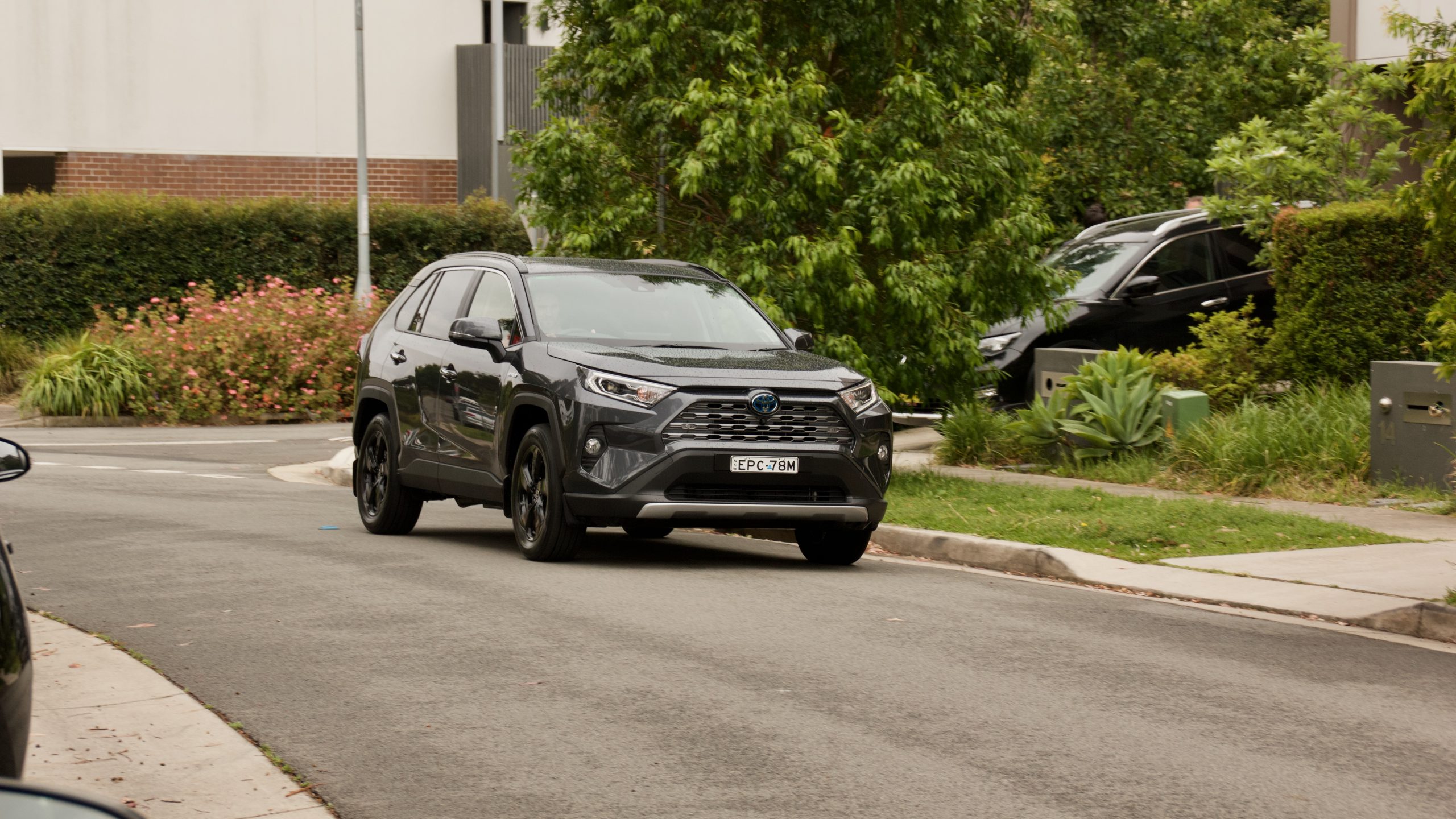
Price & Equipment: 8/10
Priced at $48,000 plus on-road costs ($53,833 drive away in NSW), the 2021 Toyota RAV4 Cruiser Hybrid AWD is the second-from-top model in the RAV4 lineup. As such, it’s well equipped with automatic LED headlights, auto wipers, 18-inch wheels, leather upholstery with an electric driver’s seat with memory functionality, heated front seats, an 8.0-inch touchscreen with wired Apple CarPlay and Android Auto, satellite navigation, digital radio, a nine-speaker JBL sound system, four USB charging ports, a sunroof, wireless phone charging, keyless entry and start, heated and auto-folding mirrors and an electric tailgate.
Safety kit is extensive with seven airbags, auto emergency braking (AEB) with pedestrian and cyclist detection, lane departure warning with lane trace assist, a 360-degree parking camera, front and rear parking sensors, adaptive cruise control with stop and go functionality, blind-spot monitoring with rear cross-traffic alert and auto high beam.
2022 model year upgrades to the RAV4 Cruiser have added an eight-way powered front passenger seat, a new alloy wheel design, LED front fog lights, a new headlight design for hybrid variants, a digital rear camera and three-stage heated and ventilated front seats. Including these new equipment additions, there isn’t much the RAV4 Cruiser features – we’d like to see the active braking for the rear cross-traffic alert and parking systems and panoramic roof from the top-spec RAV4 Edge, and some items like heated rear seats and Matrix headlights that some competitors offer but it’s otherwise got almost everything.
The RAV4 can only be had in ‘Glacier White’ for no extra cost – every other colour, including ‘Crystal Pearl’, ‘Silver Sky’, ‘Atomic Rush’ (red), ‘Eclectic Blue’, ‘Eclipse Black’, ‘Saturn Blue’ and our test car’s ‘Silver Sky’ for an extra $675. Interior colours include black or beige.
Choosing competitors to the RAV4 Cruiser Hybrid is hard because there are – incredibly somehow, given the RAV4 Hybrid’s success – no direct competitors in Australia. The closest match is the Subaru Forester Hybrid, though its drivetrain is more of a mild-hybrid system. The Ford Escape PHEV takes the opposite approach to the Forester with a plug-in hybrid system that must be charged.
Then there are a number of solely petrol-powered competitors that feature all-wheel drive, which means choosing the Hybrid in the RAV4 range – these are cars such as the Mazda CX-5 Akera, the Volkswagen Tiguan 132TSI Life and the Hyundai Tucson 1.6T AWD. All feature a similar amount of kit for around the same price, though none can match the Toyota’s hybrid smarts.
Performance & Fuel Economy: 9/10
Under the bonnet of the RAV4 Hybrid is a 131kW/221Nm 2.5-litre four-cylinder petrol engine that’s mated to an 88kW/202Nm front electric motor – choose the all-wheel drive model and a 40kW/121Nm second electric motor is added solely to power the rear wheels. Power for the electric motors is drawn from a 1.6kWh nickel metal hydride battery pack that’s mounted underneath the rear seats, which is topped up when coasting or braking – that’s right, no charging needed here. Peak power is 163kW, which makes the RAV4 all-wheel drive feel quite peppy from behind the wheel.
The RAV4’s drivetrain is excellent because it’s quite possible to drive it on pure electric power a lot of the time. It’s quite refined – more so than the 1.8-litre hybrid Corolla – and thanks to the larger battery pack in the RAV4, it can use more electric power more of the time. It’s actually quite punchy and the power can be quite surprising thanks to the instant torque of the electric motors.
Toyota claims that the all-wheel drive RAV4 Hybrid will use 4.8L/100km, which is just 0.1L/100km more than the front-wheel drive variant thanks to the e-AWD system. We achieved 5.6L/100km in combined driving, which is still great for a 1,700kg SUV. Adding further to cheap running costs is that it’ll happily run on 91RON, the fuel tank is 55-litres.
Ride & Handling: 8/10
Based on Toyota’s ‘TNGA’ platform, the RAV4 continues Toyota’s newfound dynamic talent. It’s obviously no Yaris GR – and don’t tempt them to make a RAV4 GR – but the step up in driving competence compared with the last-generation RAV4 is obvious. Gone is the soft and underdamped feeling and in its place is a much more together and refined car, no matter if you’re driving in urban or country situations.
Even if you’re not a keen driver, the new generation RAV4 is more solid, predictable and comfortable from behind the wheel. It’s also a better riding car than its rivals aside from the Tucson, which a nicely supple feel at lower speeds. The steering offers reasonable weighting, though little in the way of feel, and road noise is somewhat higher than the quiet CX-5 – though, that’s potentially because of how quiet the drivetrain can be. We find Toyota’s active safety systems to be well tuned, though still a touch nervous – and why does a blind-spot monitoring icon need to be lit in the dials? We know that the system is active!
Interior & Practicality: 8/10
The interior of the 2021 Toyota RAV4 Cruiser Hybrid is typical of the brand’s current product lineup – not especially flash or premium, but a big step up on previous generation Toyota products, thanks to an increase in quality to match the practicality that the brand is known for. The RAV4’s cabin is typically practical with a large back seat and boot, and the material quality is much better than the previous model, though the lacklustre faux leather door trims are no match for the decidedly premium CX-5 or even the new Tucson.
In terms of quality, the RAV4’s cabin is a bit of a mixed bag. The quality leather on the steering wheel is great, there’s a nicely soft dashboard and the switchgear is mostly good quality, though some surfaces such as the door tops and door pulls feel cheap to the touch and certainly a downgrade from the Tucson and CX-5. Another layer of finishing would be great.
Centre of the RAV4’s cabin is an 8.0-inch touchscreen with wired Apple CarPlay and Android Auto, satellite navigation and digital radio. It’s the same system that’s used in all other modern Toyota products and while the screen itself isn’t the best quality – the Tucson’s 10.25-inch equivalent is noticeably sharper – it is an easy system to use. The nine-speaker JBL sound system is decidedly average, however – the Bose units in the CX-5 and Tucson are far superior.
As you’d expect from a Toyota, the RAV4’s cabin offers lots in the way of practicality with large door bins and cup holders, a big centre box with two USB ports, a wireless phone charging tray ahead of the gearbox and a large glovebox.
The rear seat of the RAV4 is well featured and roomy with air vents, two USB ports, reasonable door pockets, reclining seats and a centre armrest with cupholders. More importantly for some, the available space is excellent with more than enough room in all directions for six-footers and three will fit fine. Helping that further is that because there’s no mechanical link for the e-AWD system, the floor remains flat and the hybrid battery is located under the rear seat too.
The boot of the RAV4 is healthy as well at 580-litres of space with the seats erect and a huge 1,690L with them folded – not as large as the 1,860L Tucson, but larger than the 1,655L Tiguan and much larger than the 1,342L CX-5. It’s got some tricks to it as well with a double-sided boot floor, a few storage areas to hide valuables and its boot cover can be stored underneath the boot floor.
Service & Warranty: 9.5/10
This is where the 2020 Toyota RAV4 Hybrid leaves all of the competition behind. Put simply, it is a league ahead of any other SUV for running costs. Not only will it burn less petrol than any other comparable SUV, but Toyota offers a five-year warranty these days with 12-month/15,000km service intervals and capped-price servicing – though no roadside assistance.
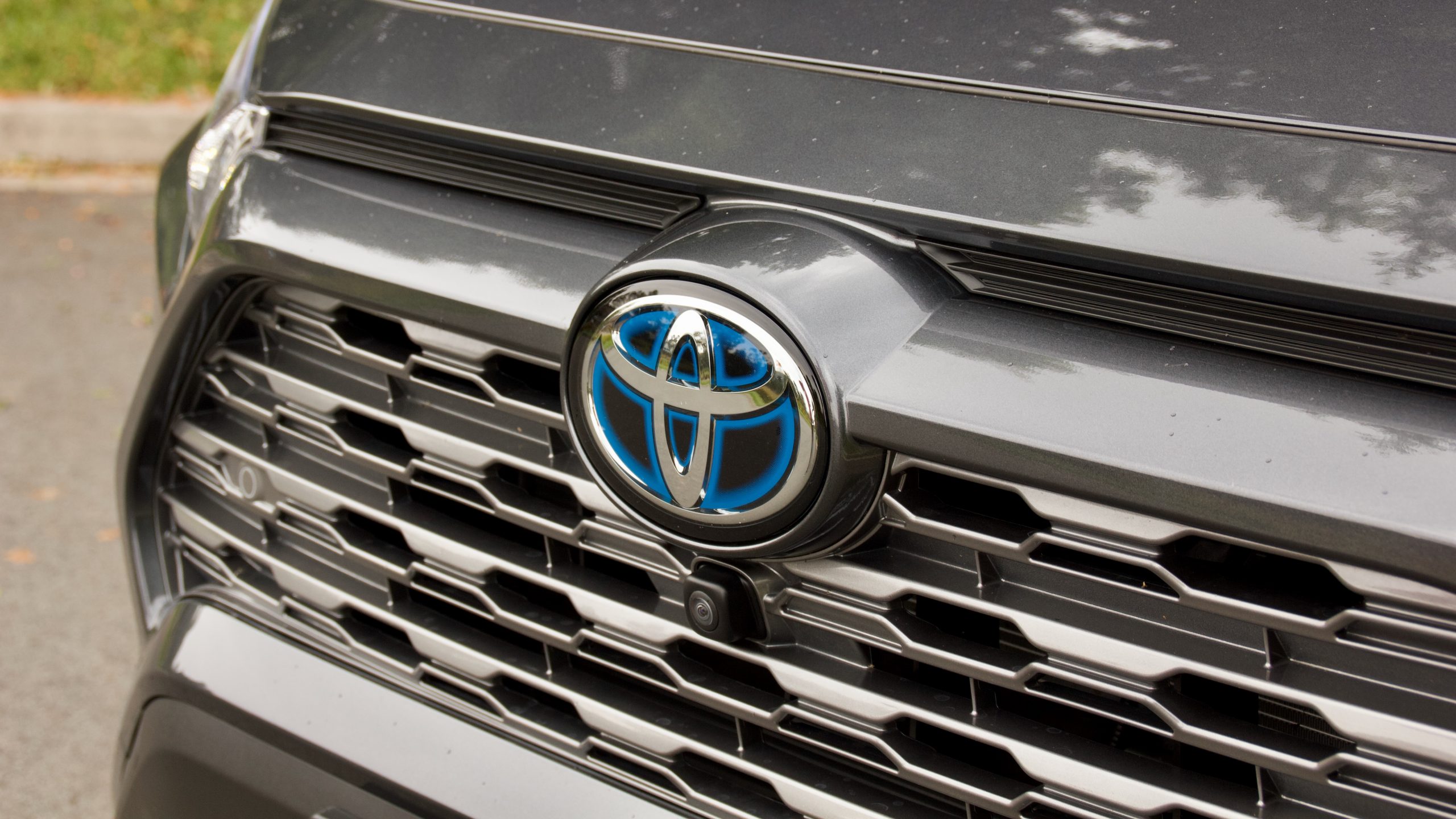
At $230 per service, it’ll only cost you $1,150 over five years/75,000km to service, which is a total bargain. The Mazda CX-5 costs $1,969 ($394 per service) over five years/50,000km, the Tiguan costs an insane $3,703 ($740 per service) for five years/75,000km of servicing and the Tucson costs $319 per service ($1,575 in total for five years/50,000km of servicing).
The 2021 Toyota RAV4 Cruiser Hybrid AWD DiscoverAuto Rating: 8.5/10
It’s obvious to see why the 2021 Toyota RAV4 Cruiser Hybrid has such a long waiting list in Australia. Thanks to its long list of talents – its fuel efficiency, newfound dynamic talent, space and practicality, high level of technology and hugely cheap running costs – all see Australians wanting to get into what is one of the most well-rounded cars we’ve ever tested.
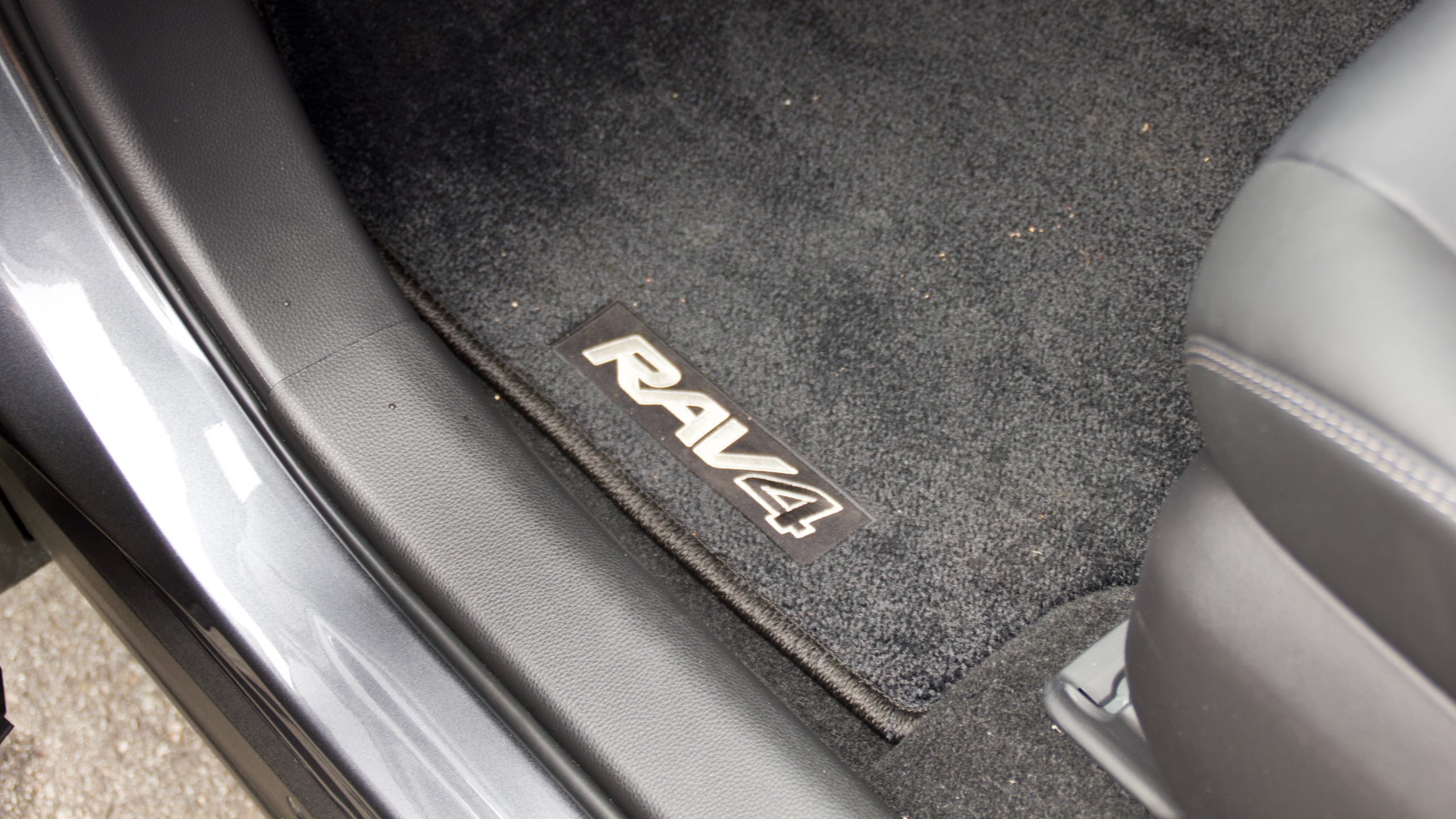
Of course, it’s not perfect – it’s not cheap to buy, the interior could use a bit more luxury added to it and there is that pesky huge waiting list, but we think that the RAV4’s all-round talent is why it continues to sell so strongly in Australia (and indeed the world). The hybrid drivetrain adds even more appeal to the RAV4, and if we were considering one, we’d not even consider the regular petrol drivetrains as the RAV4 Hybrid is just that good. As for competitors, some do things better, but we think the RAV4’s all-round talent sends it to a class podium finish. Is it worth the 15 month wait? We’re not sure, but clearly thousands of buyers think so.
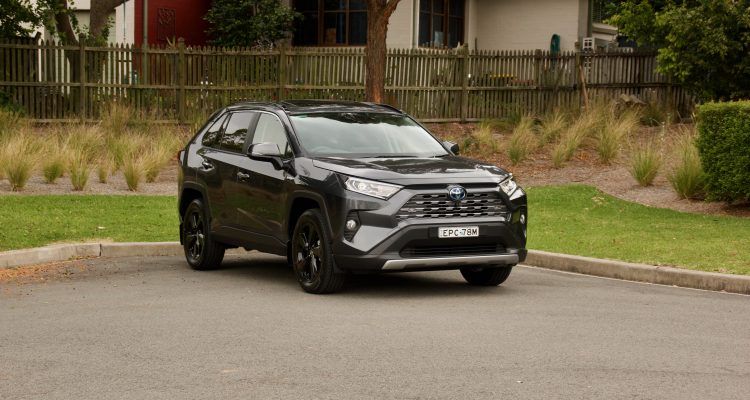
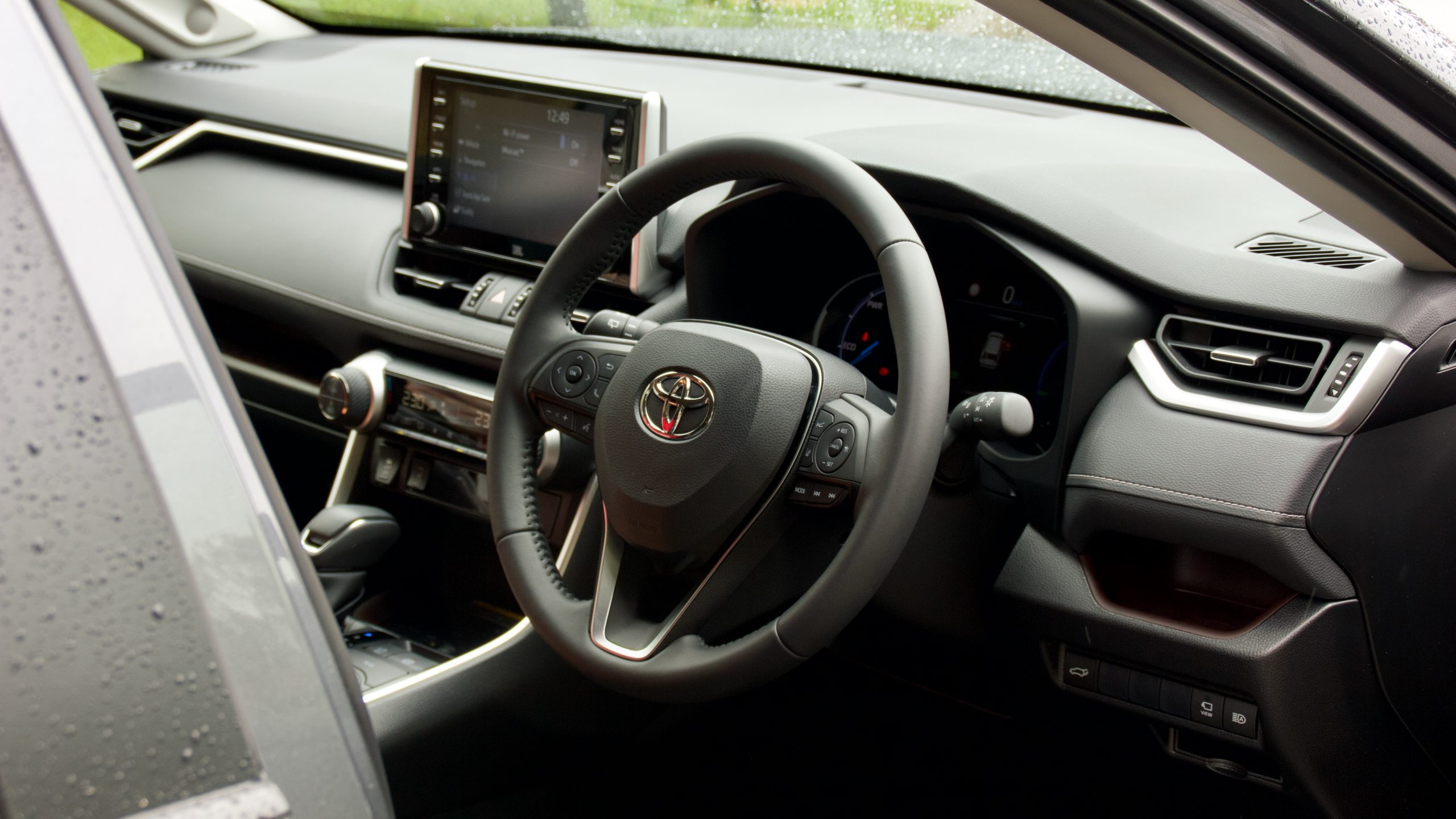
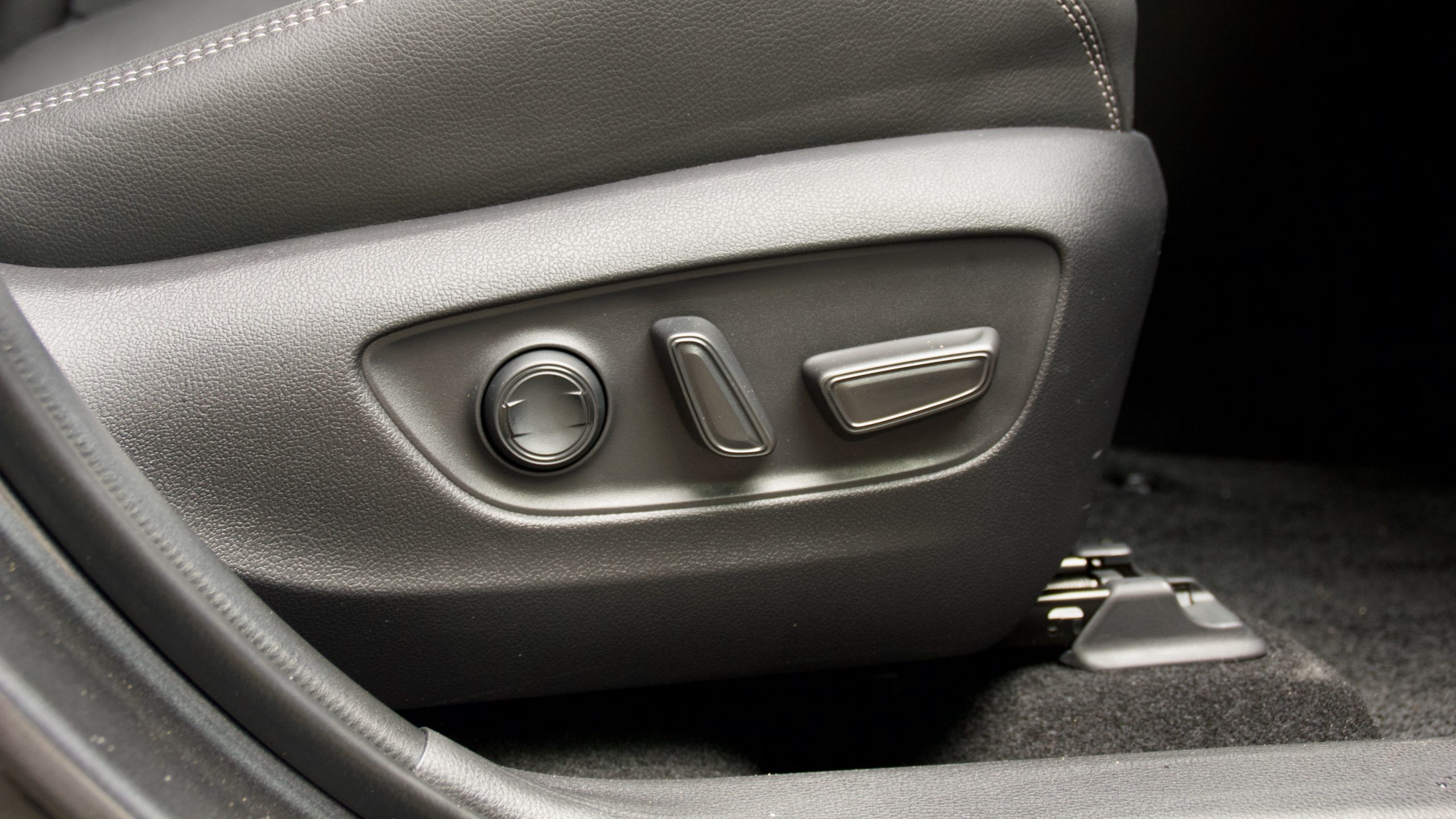
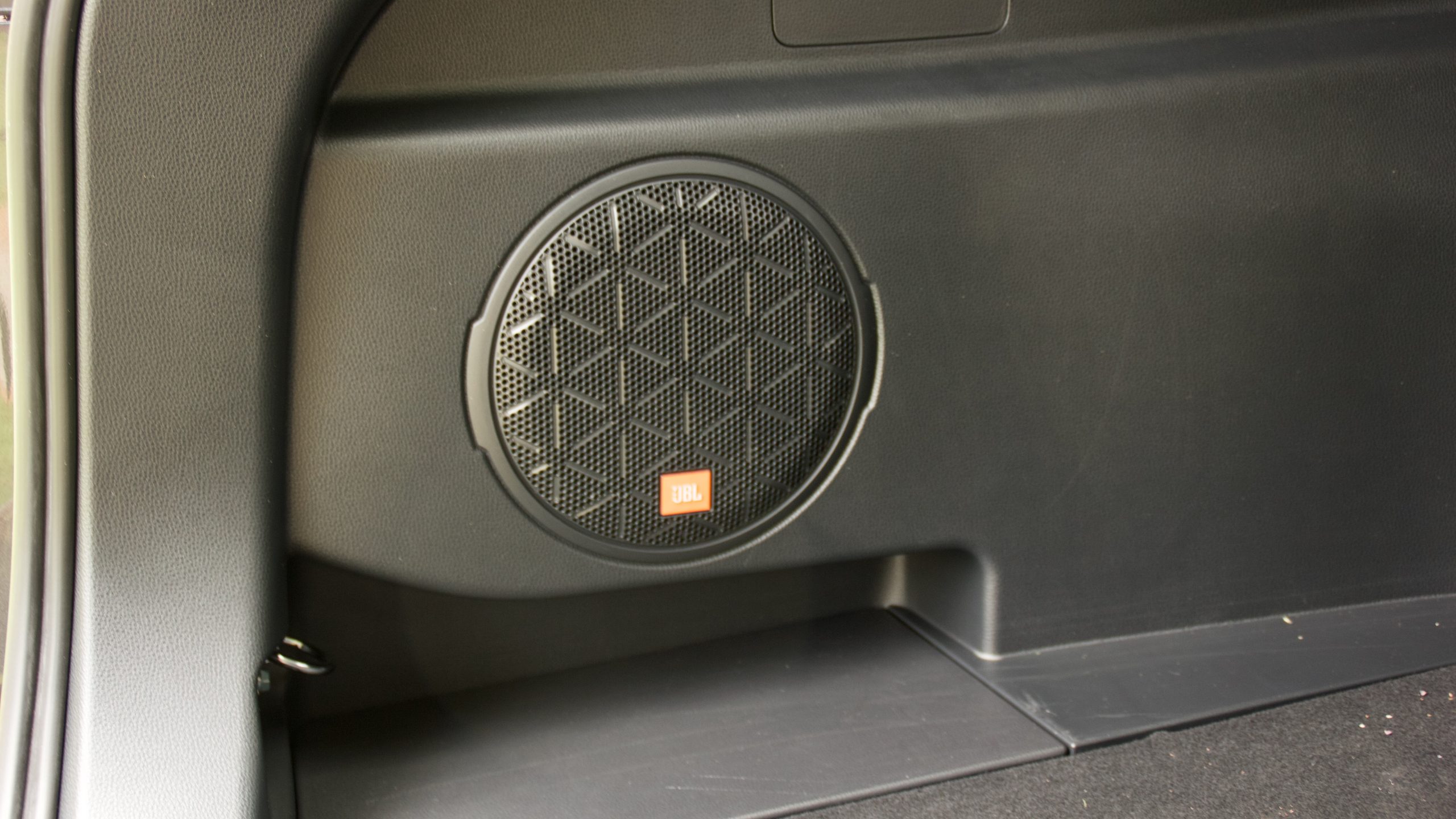
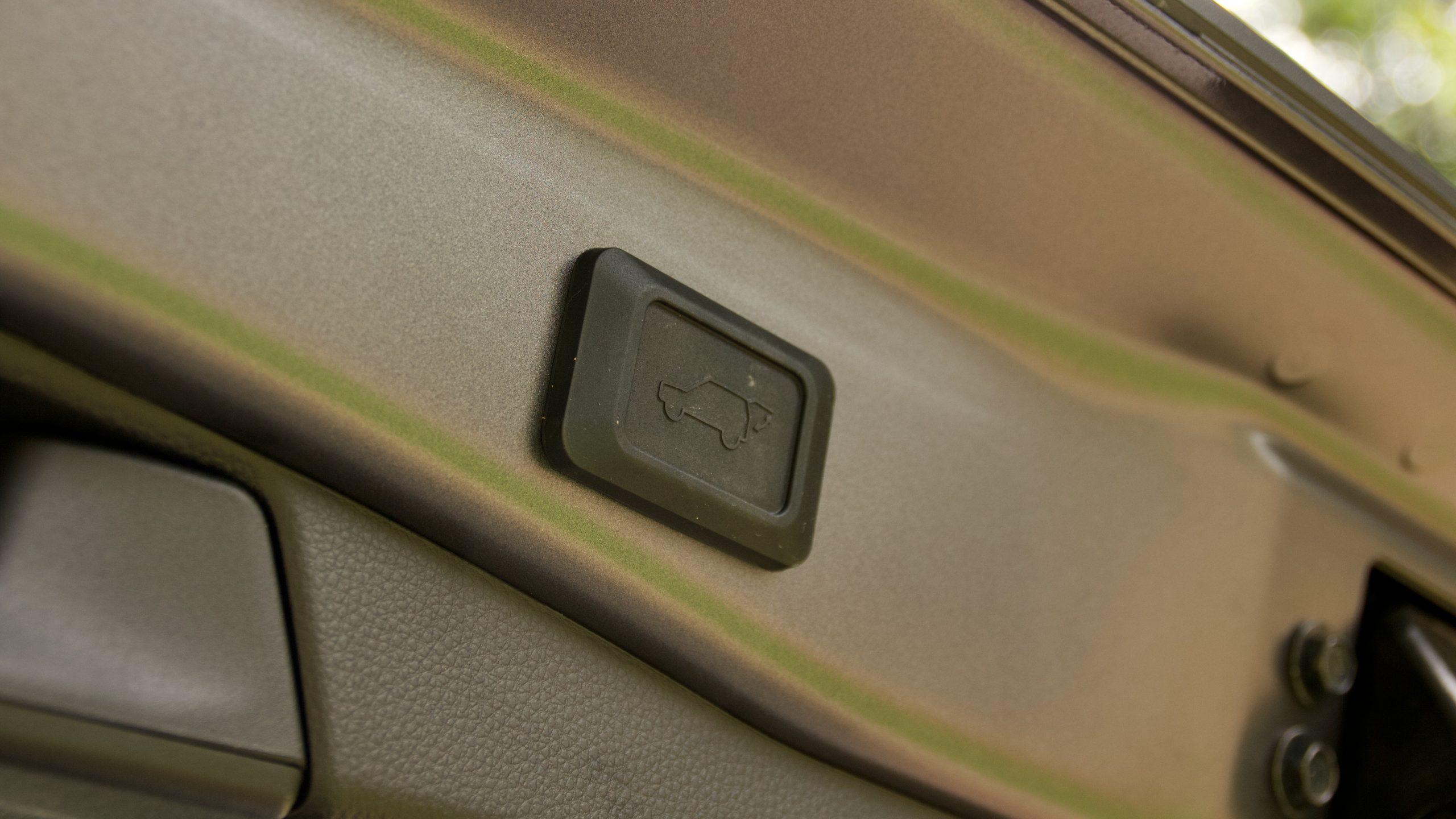
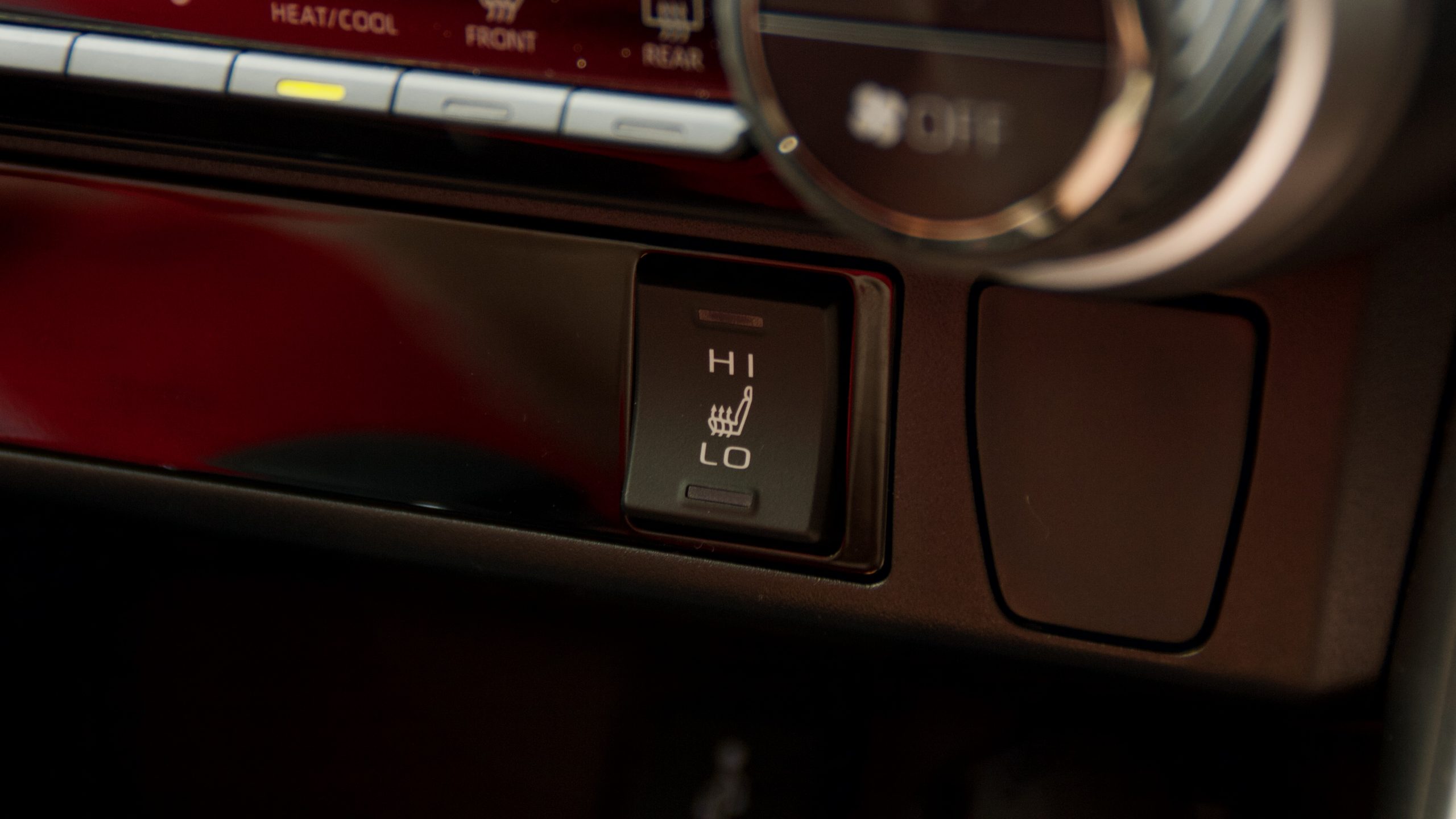
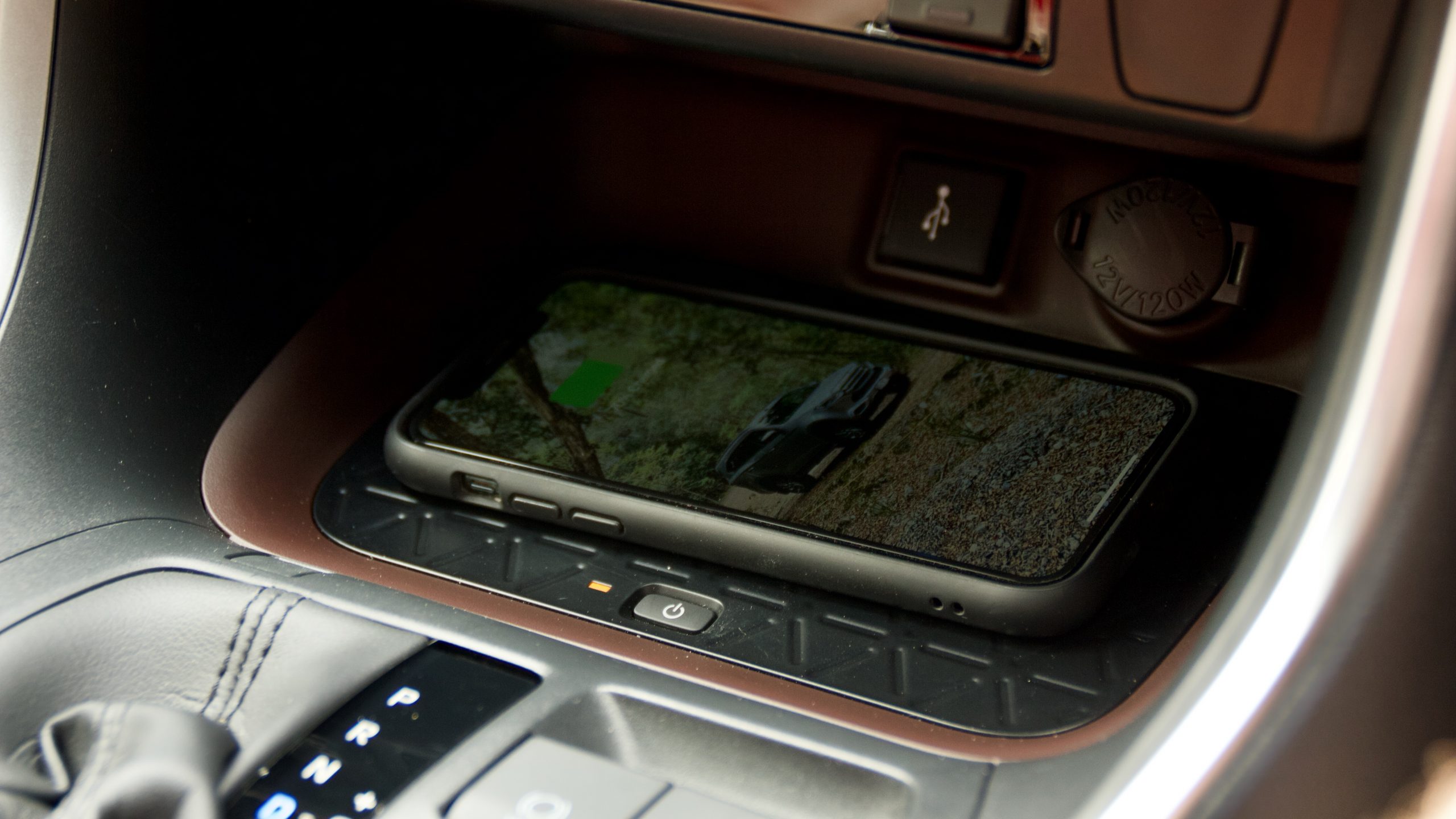
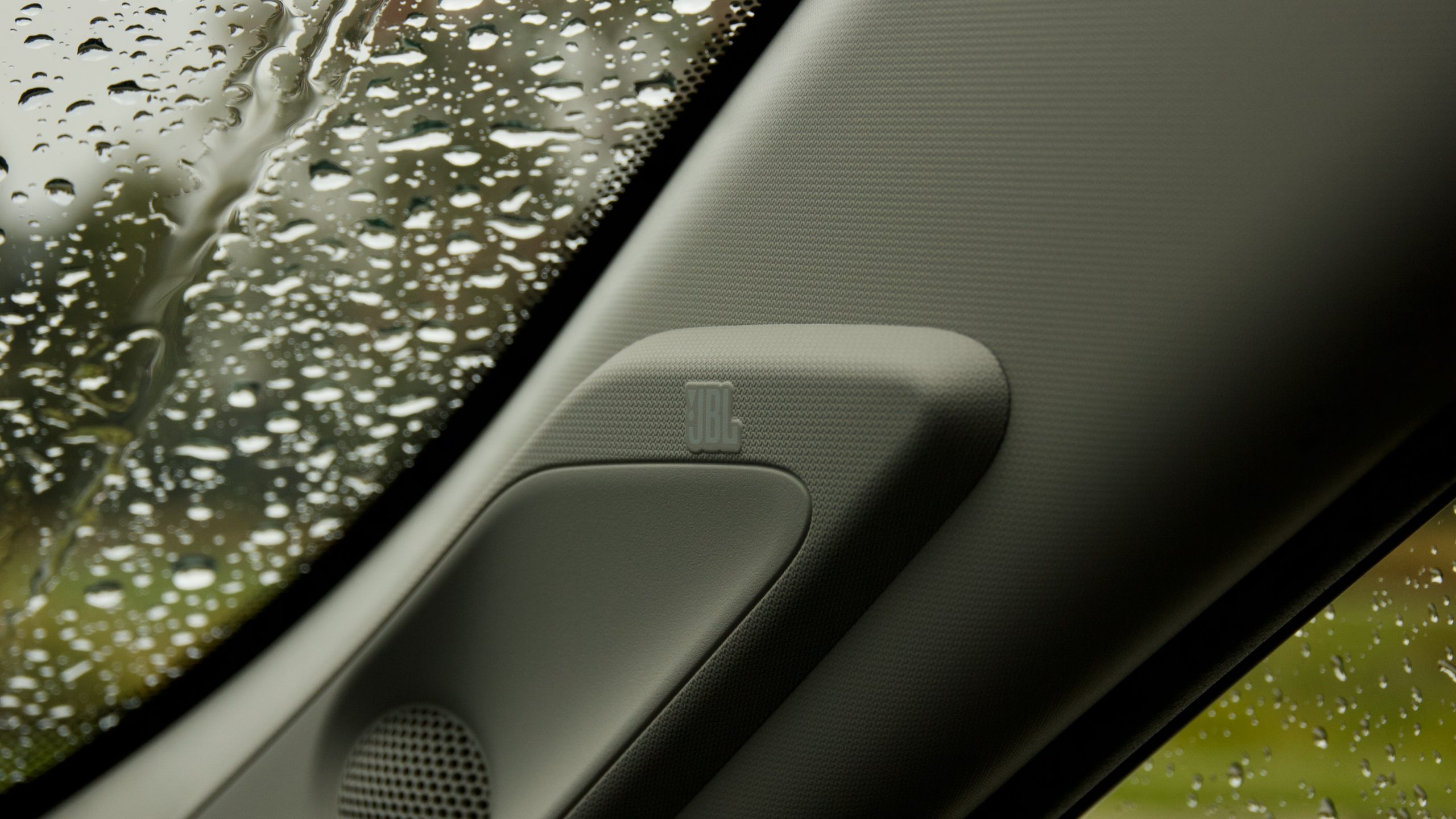
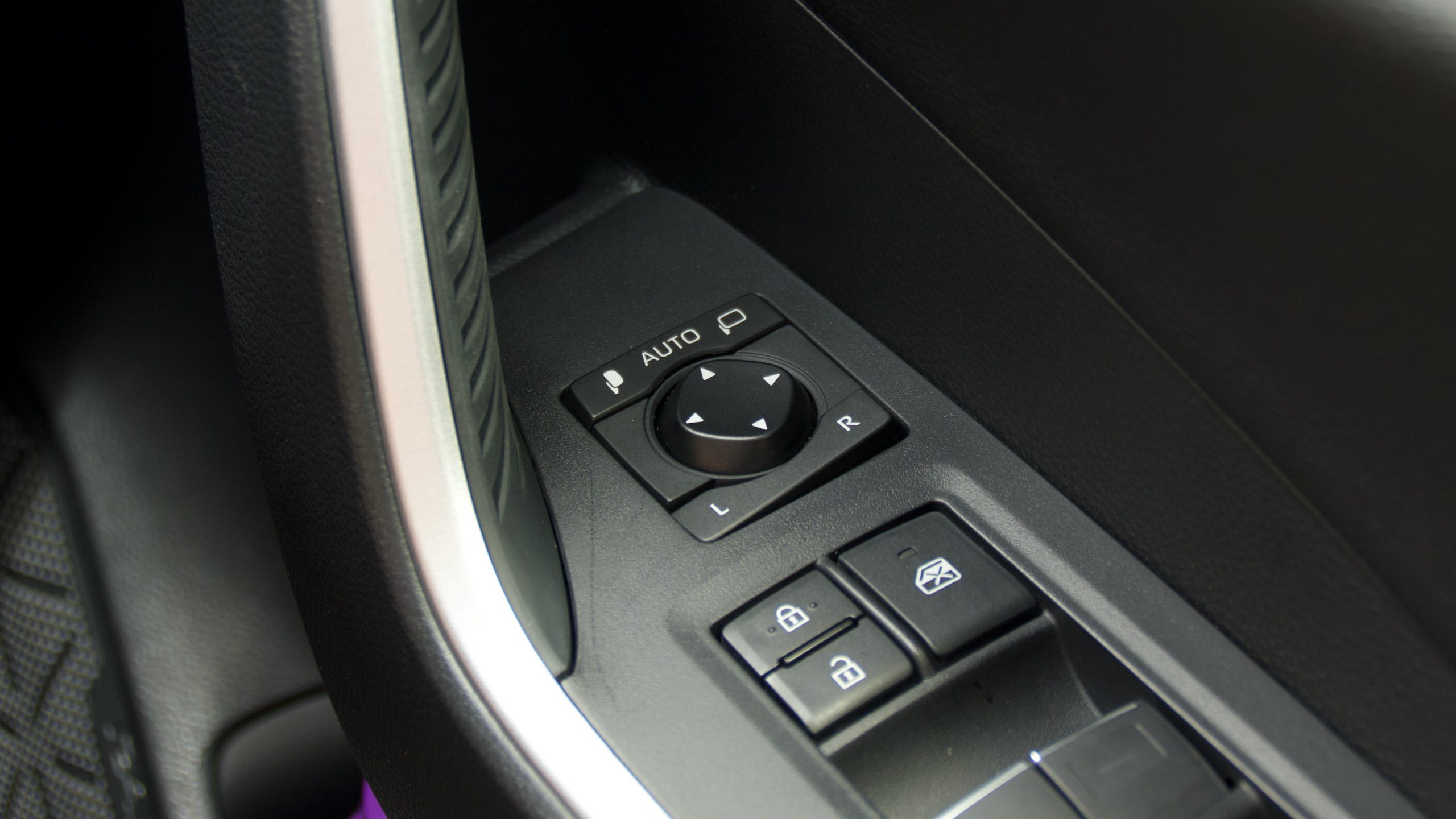
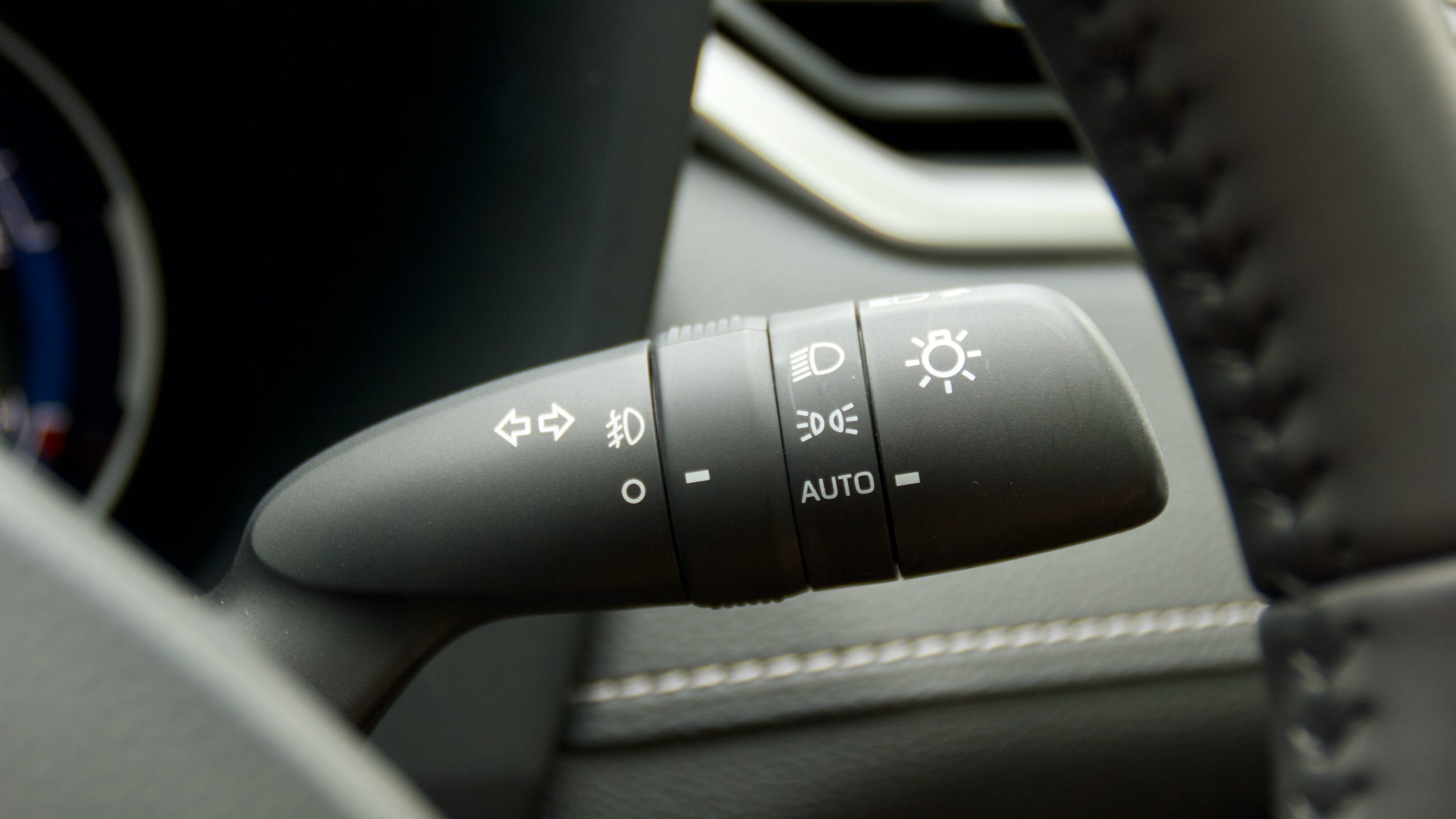
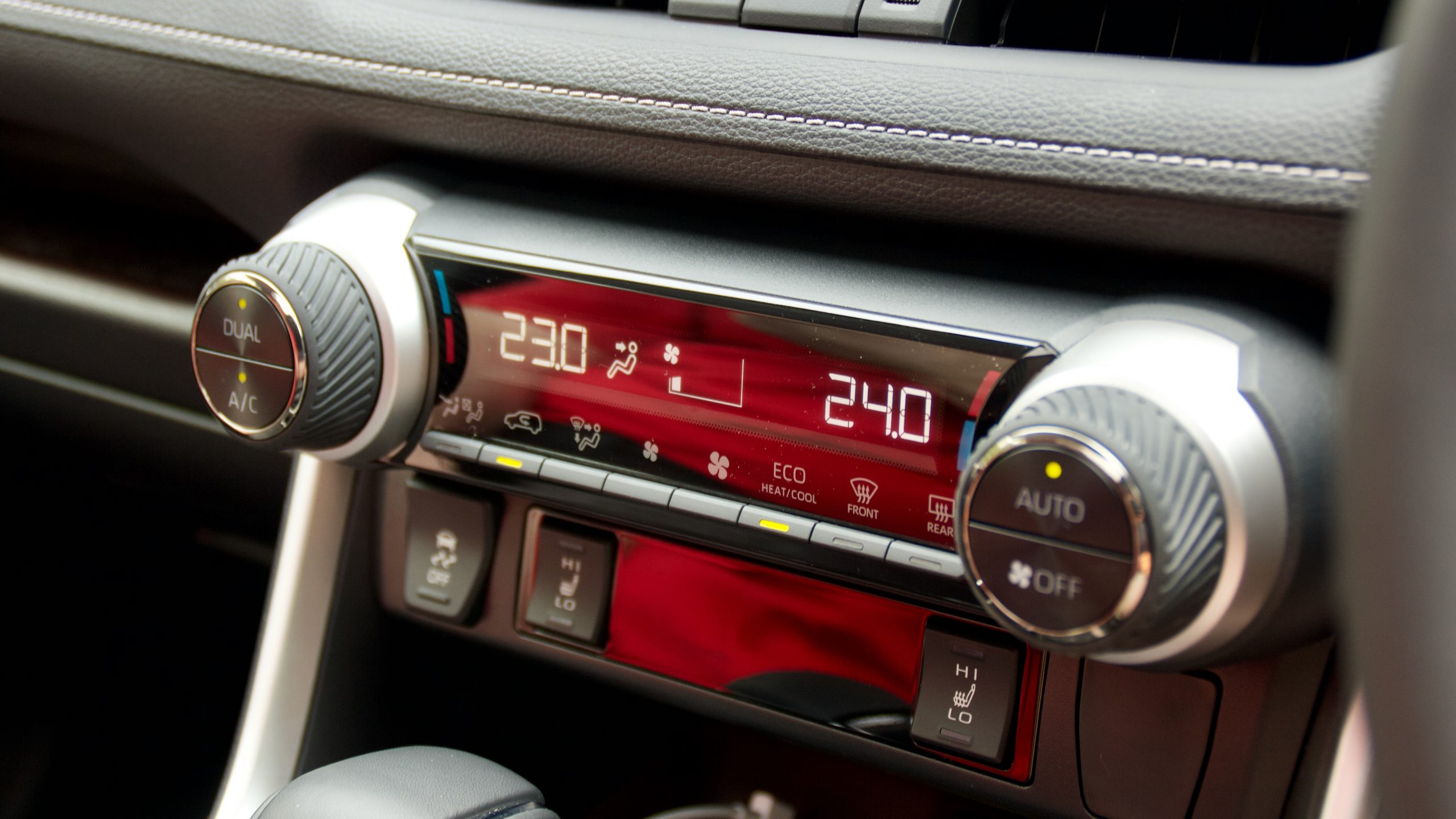
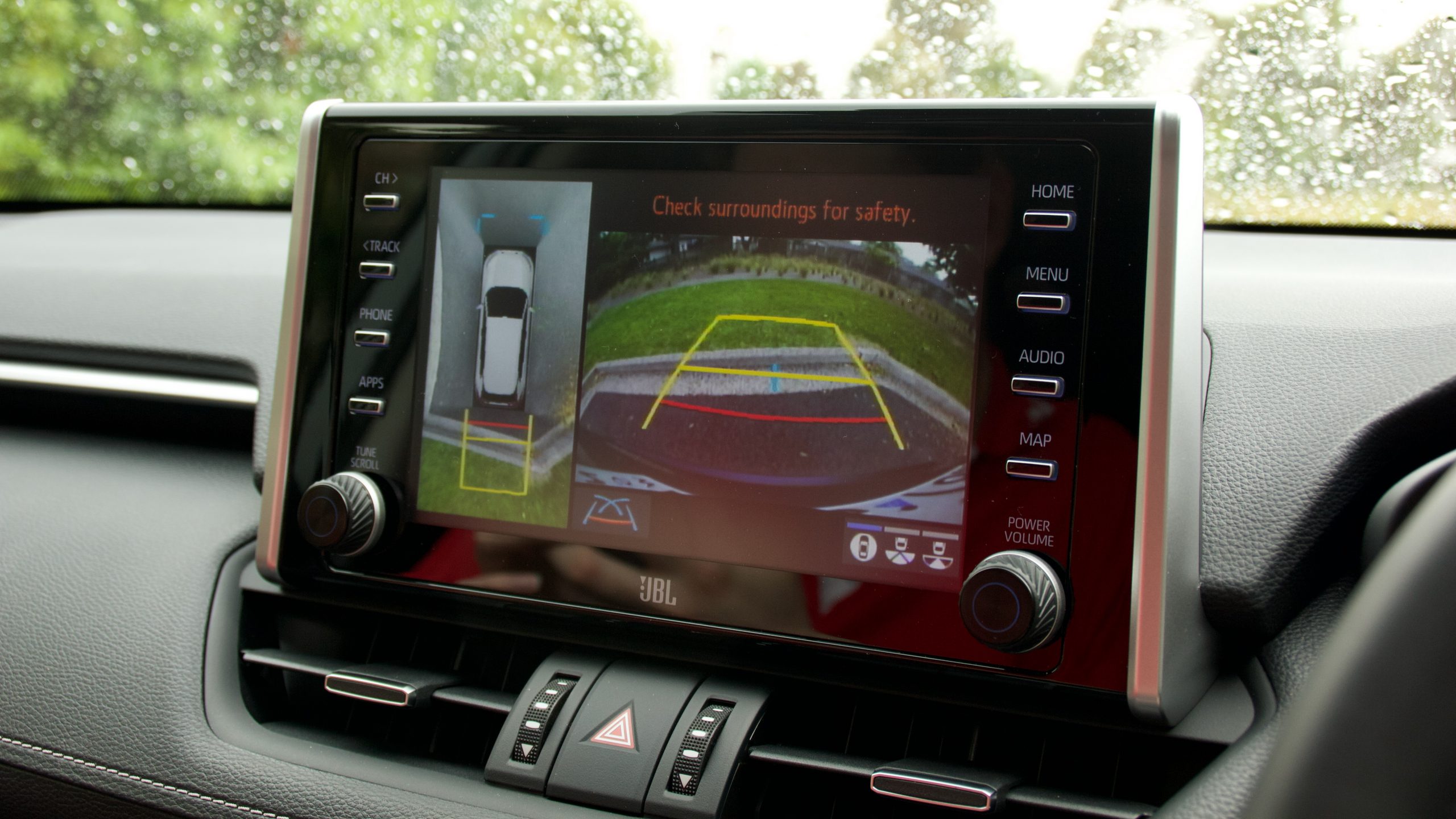
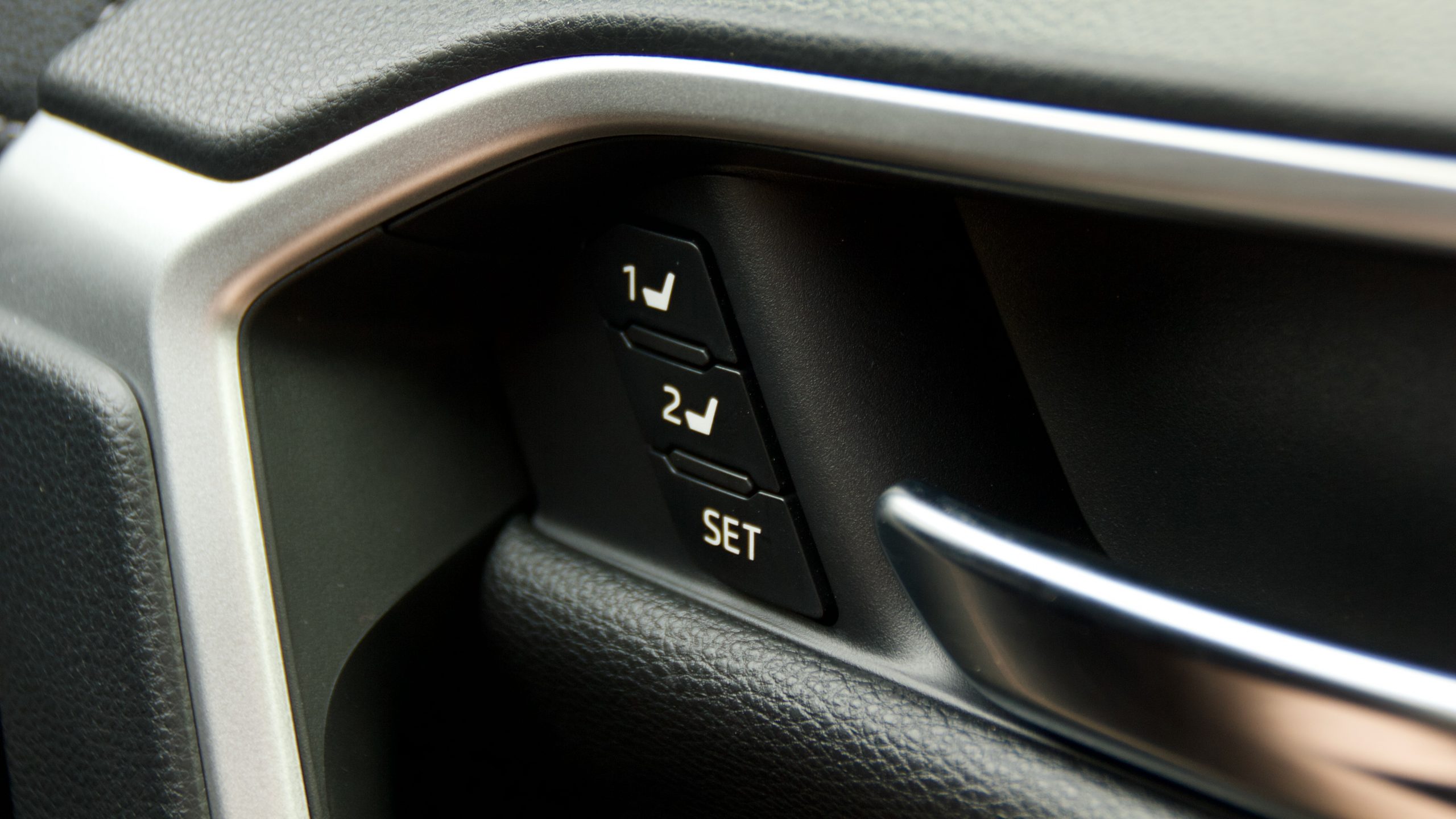
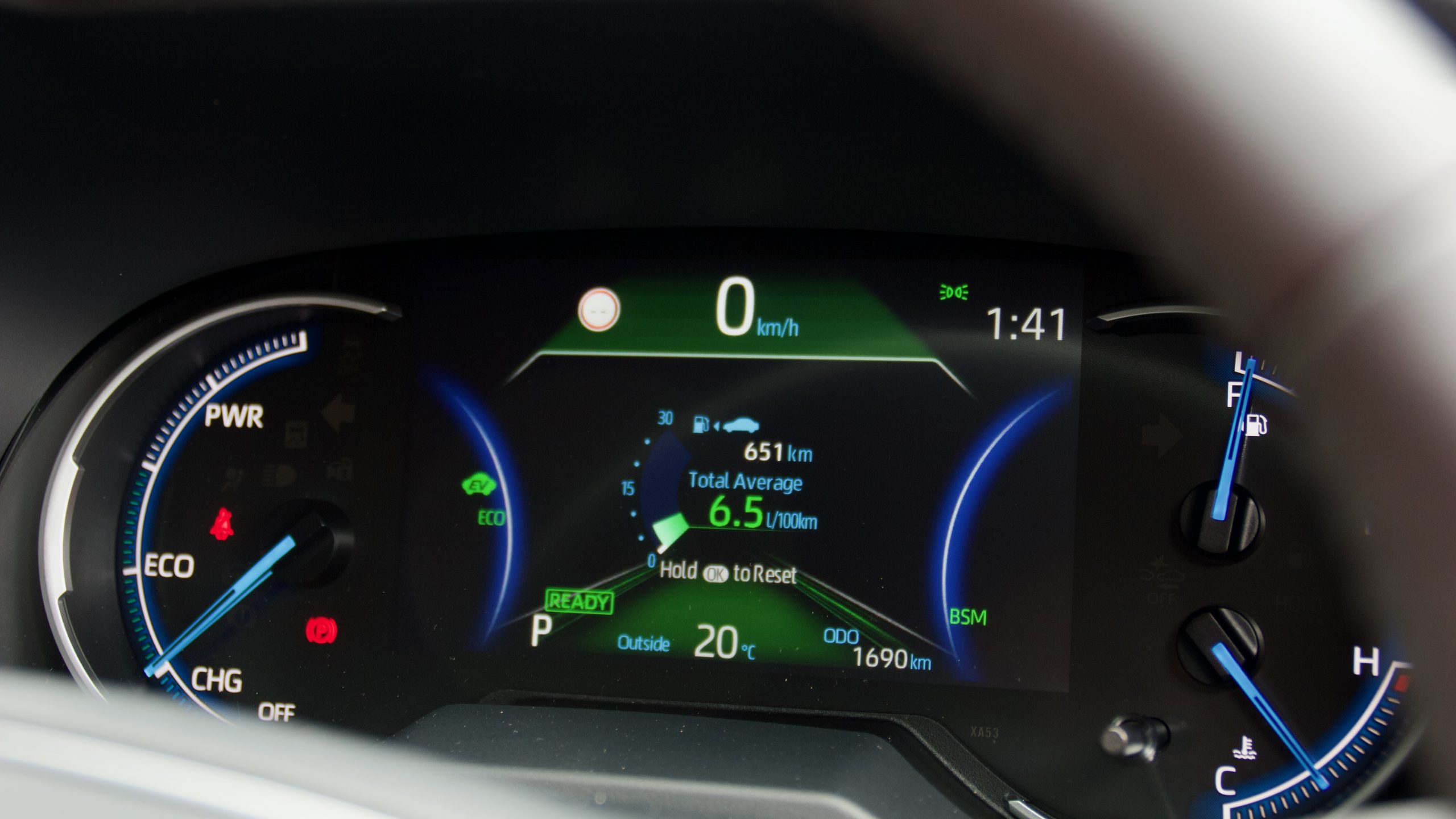
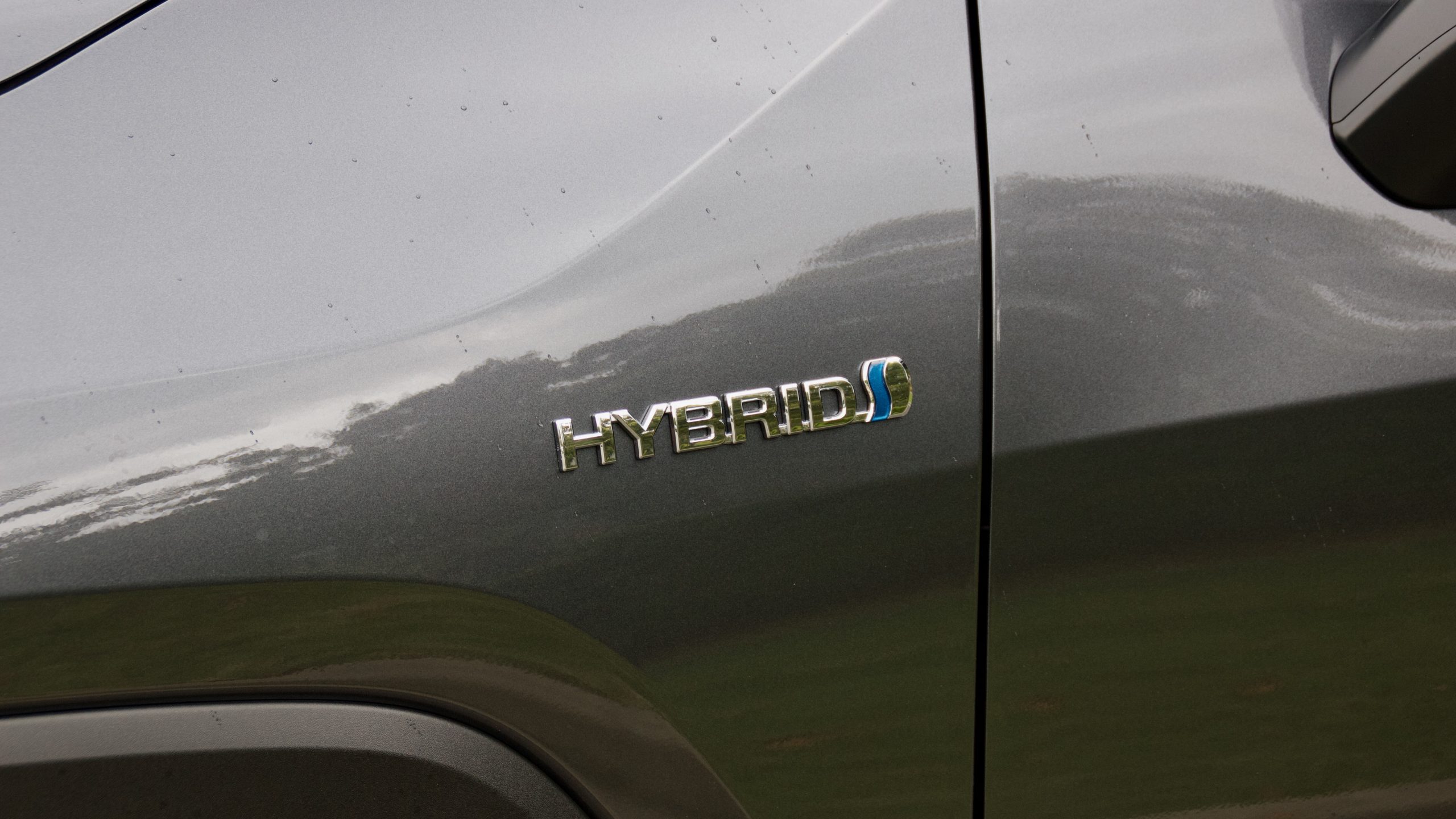
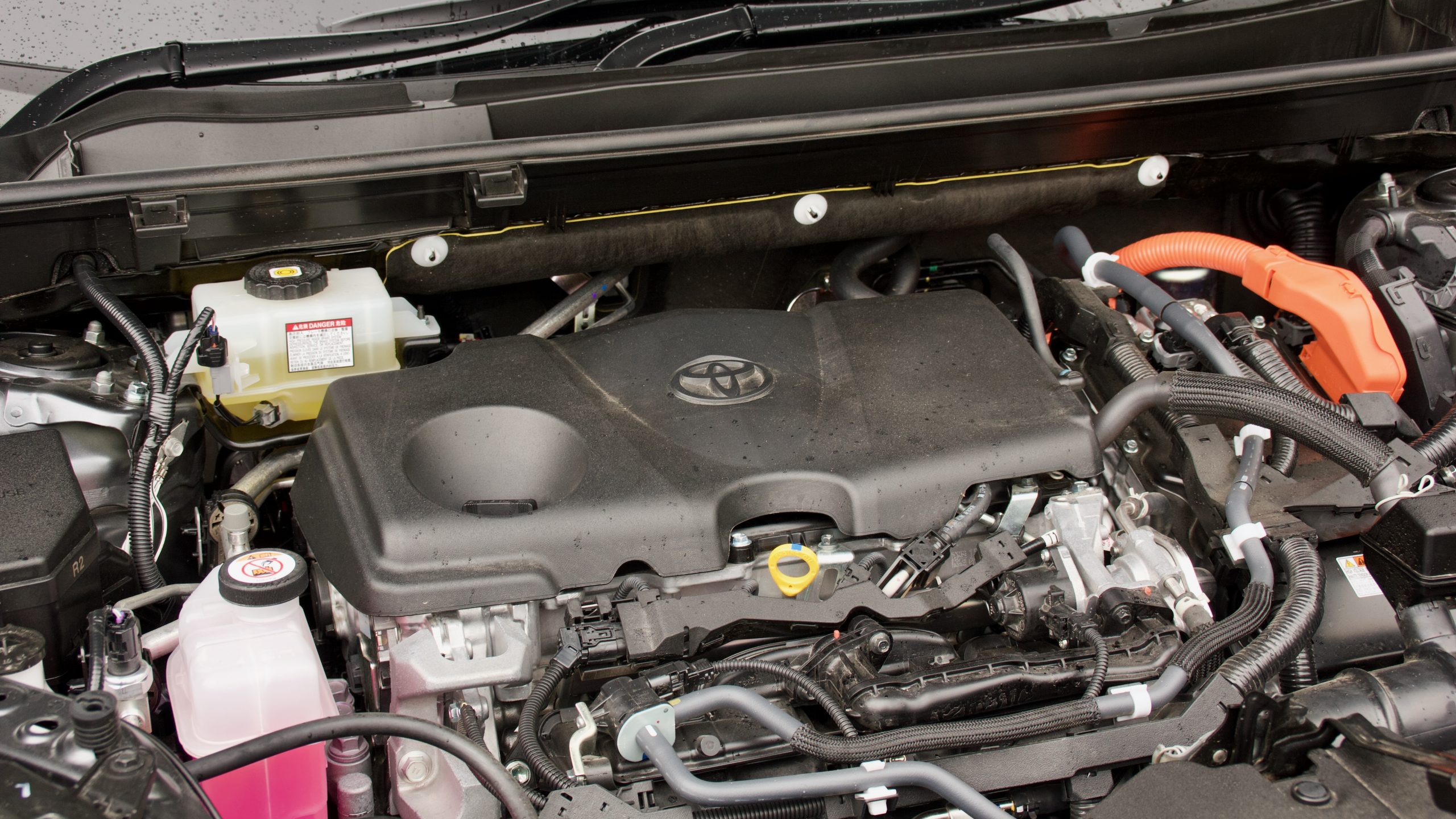
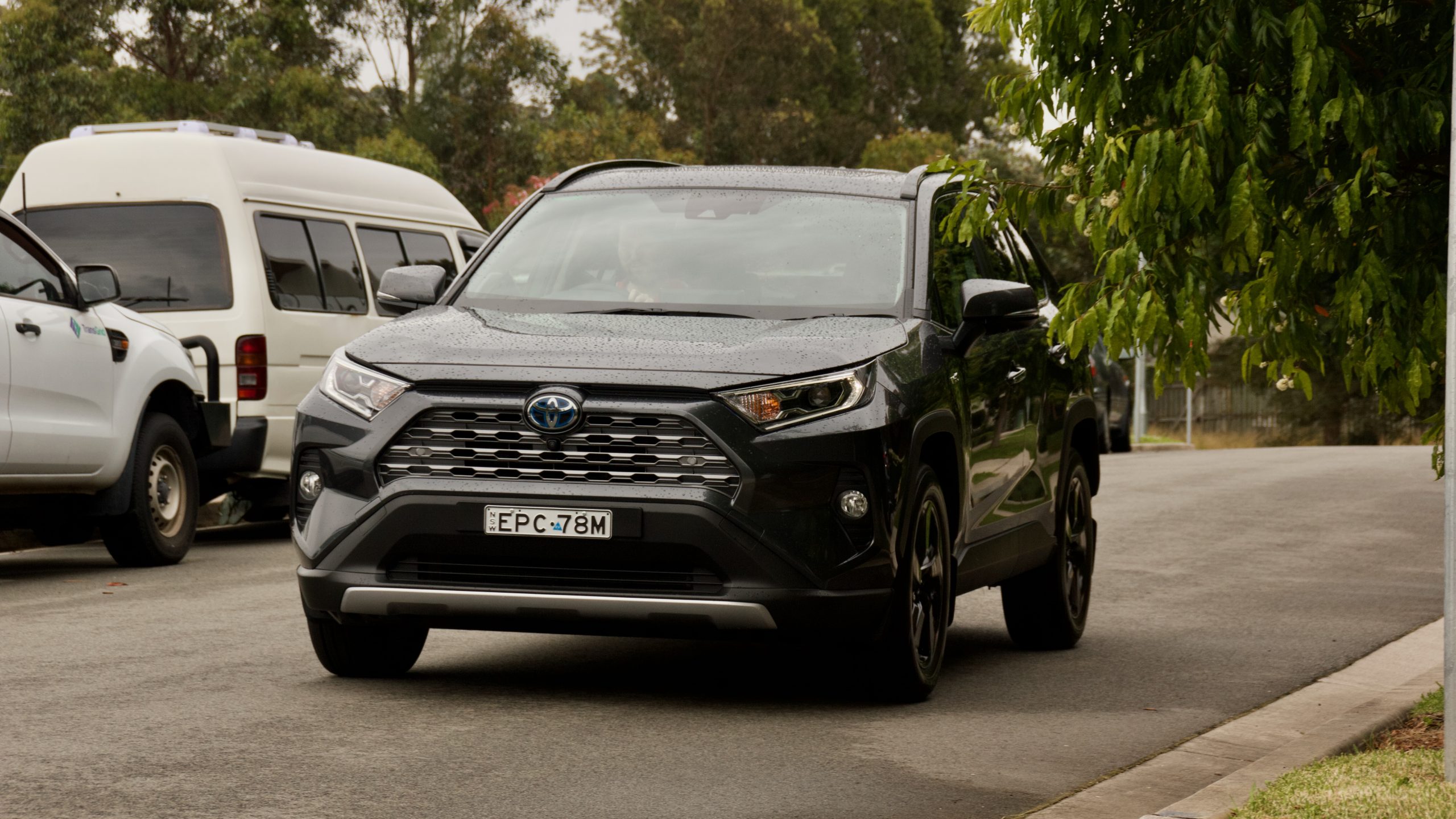
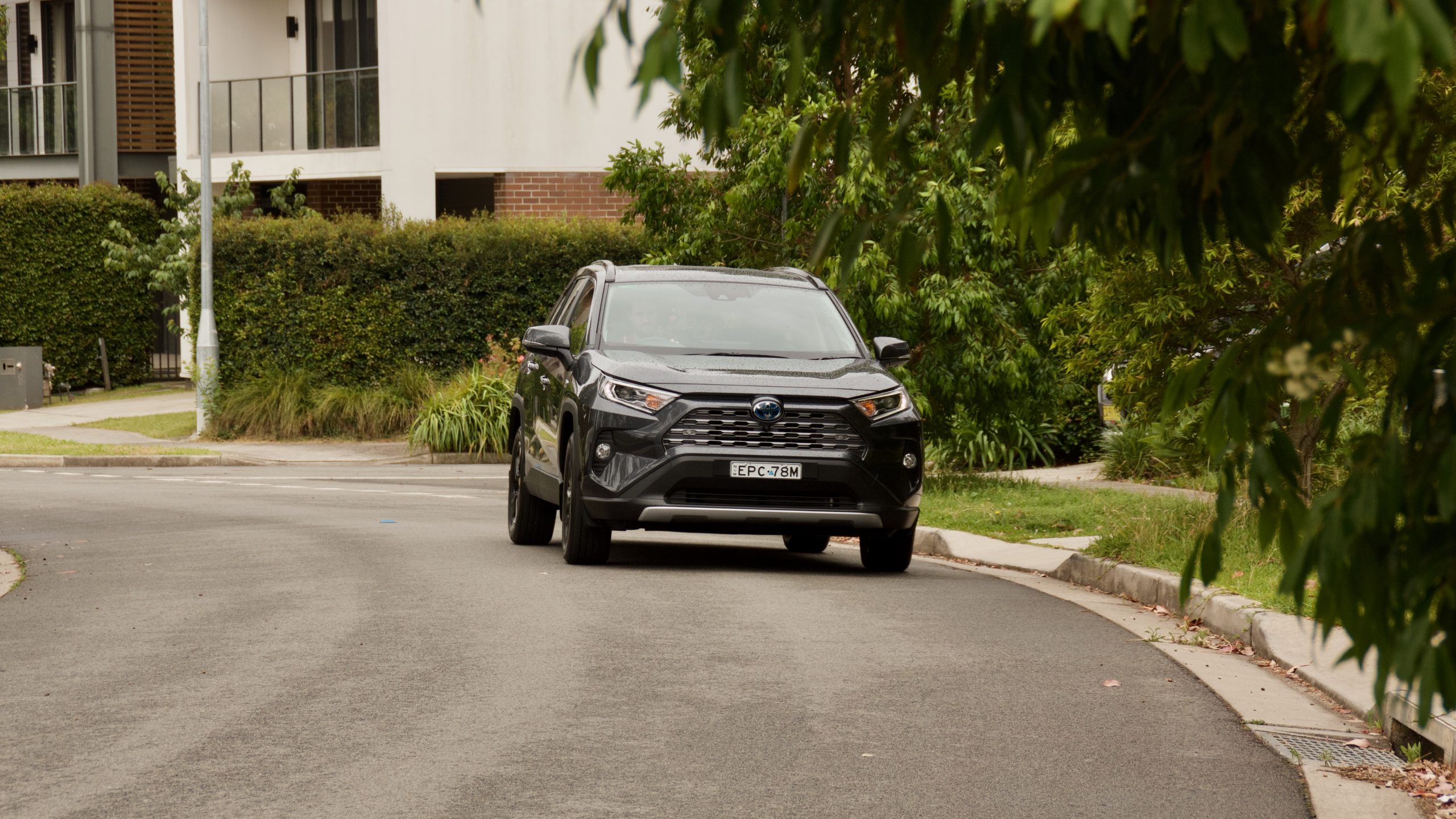
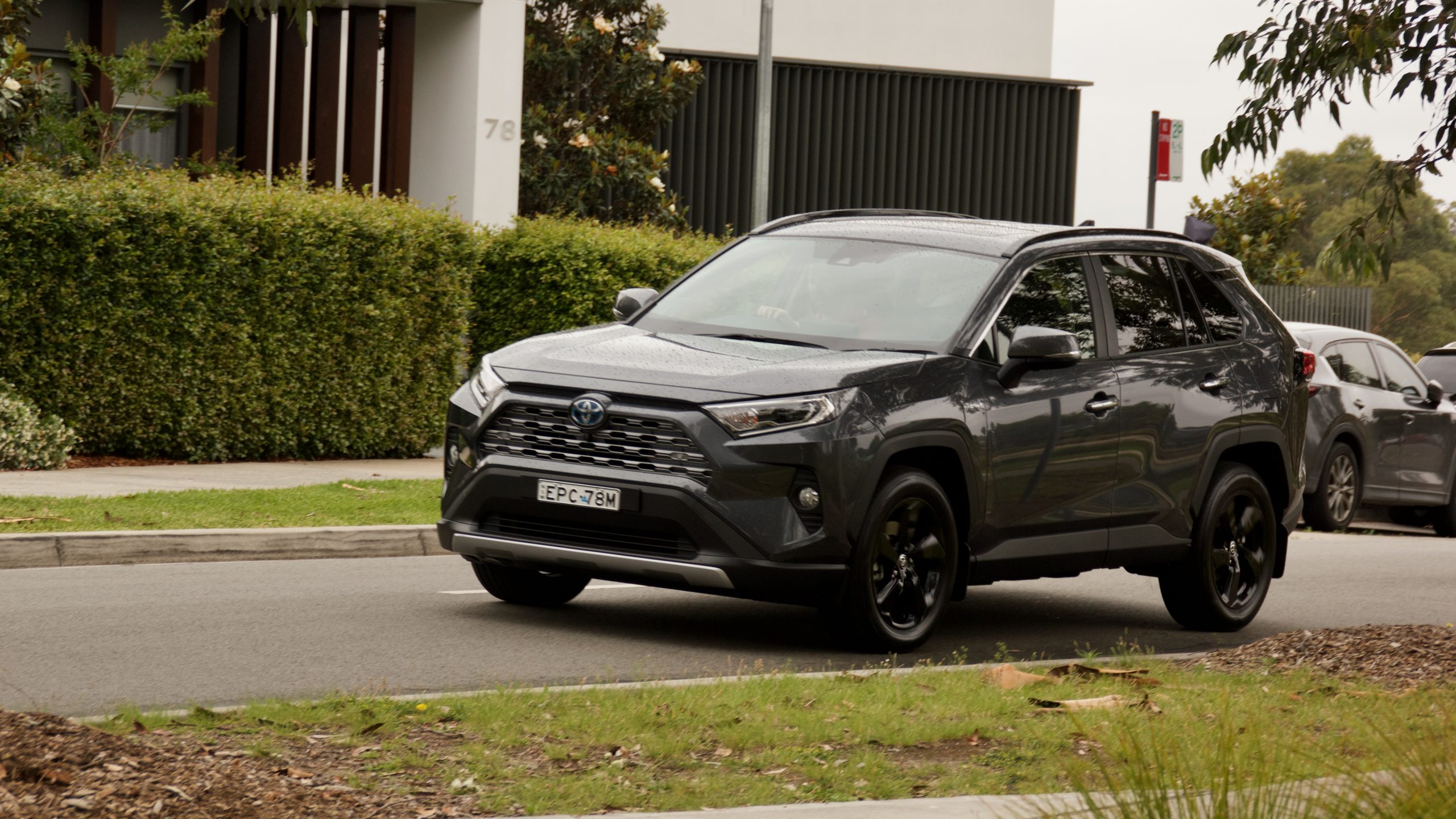
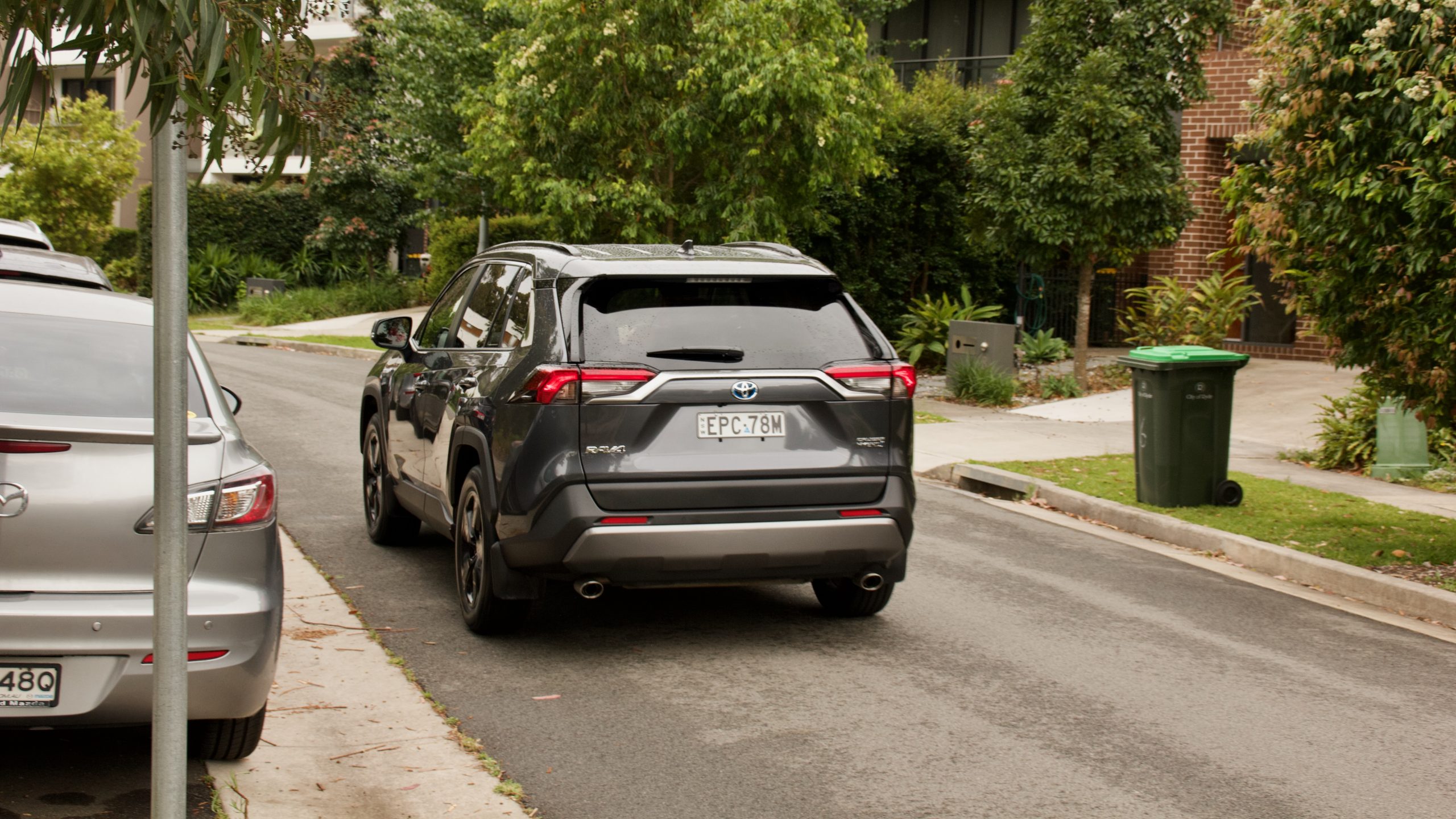
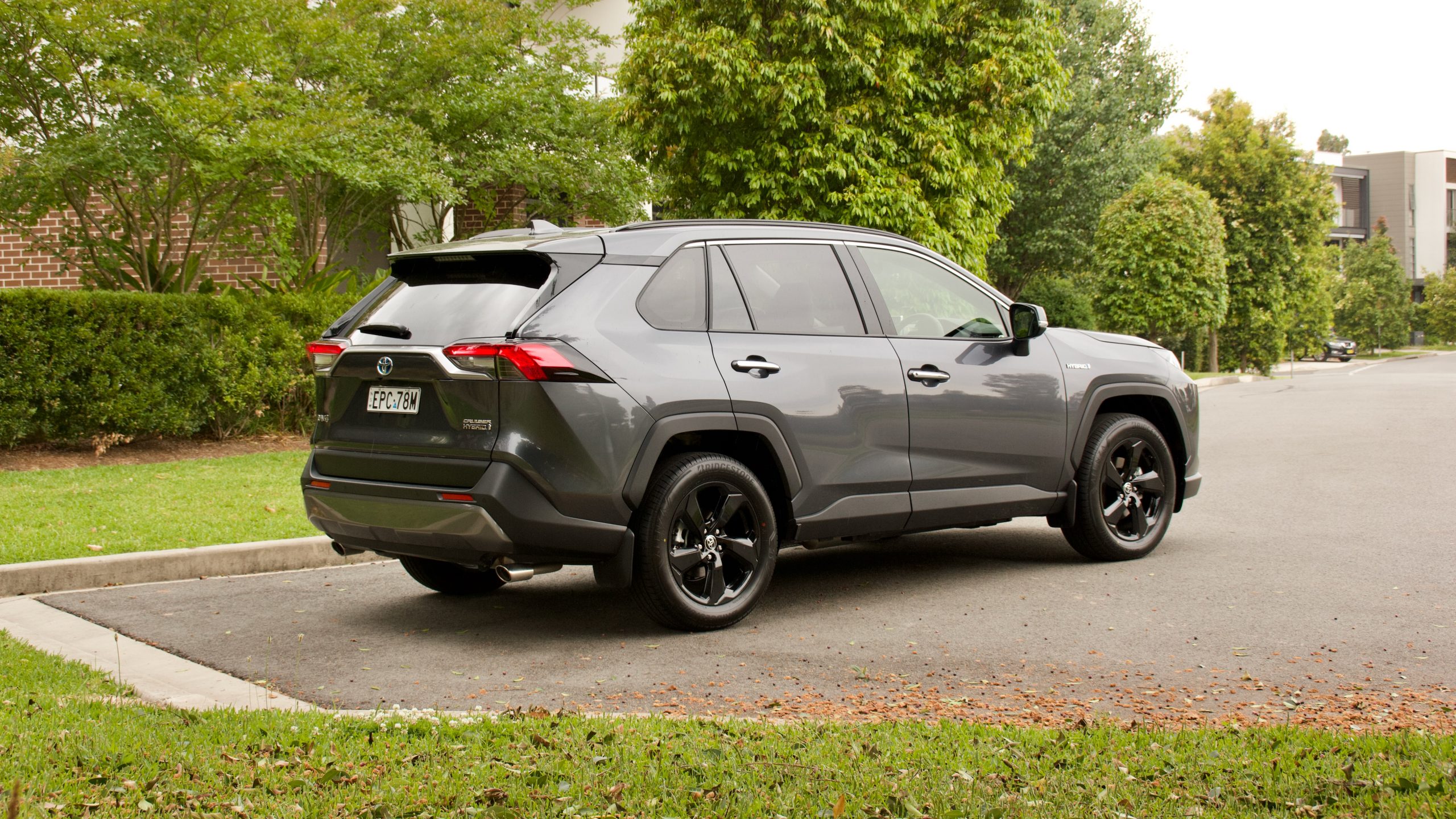
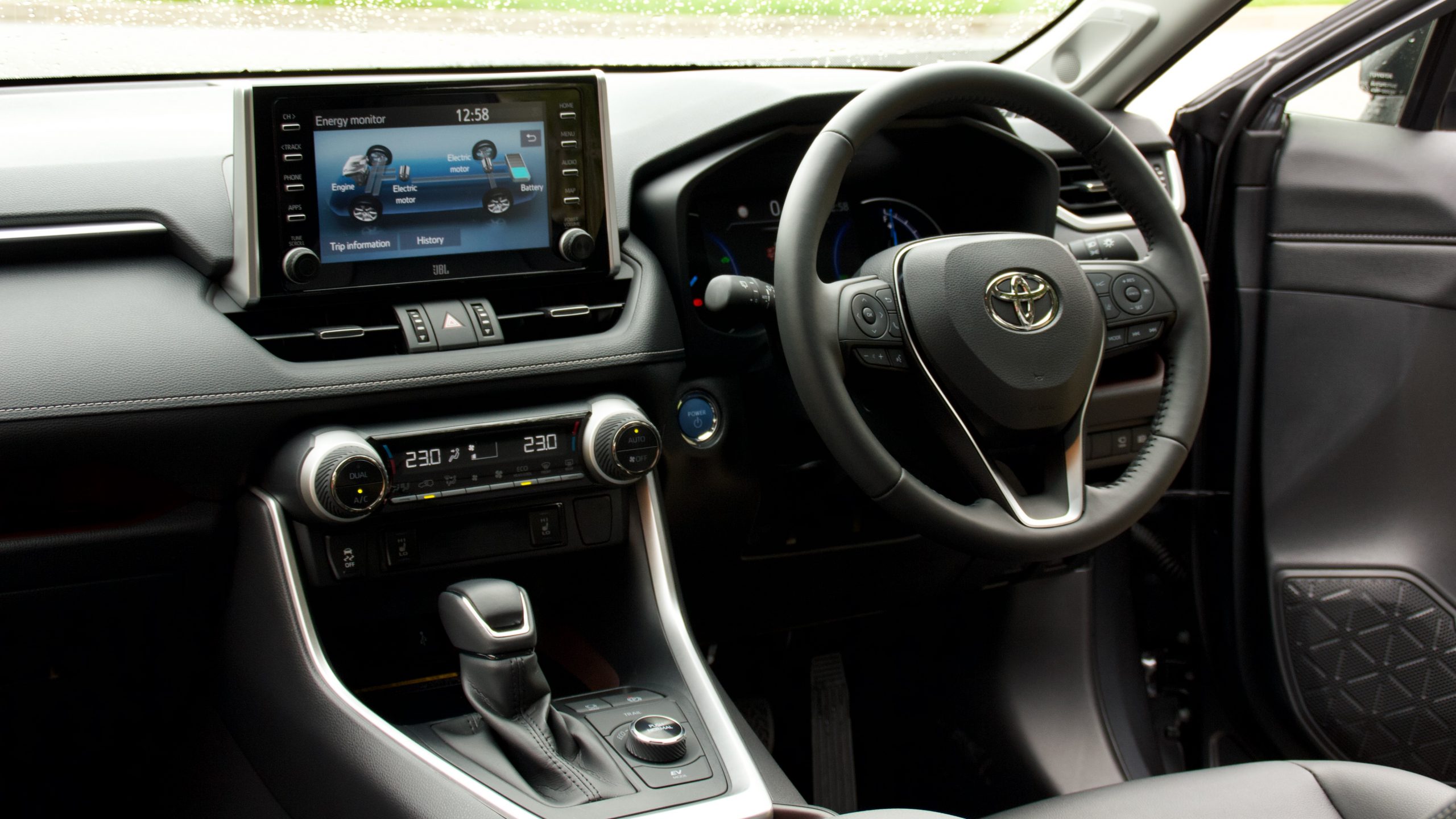
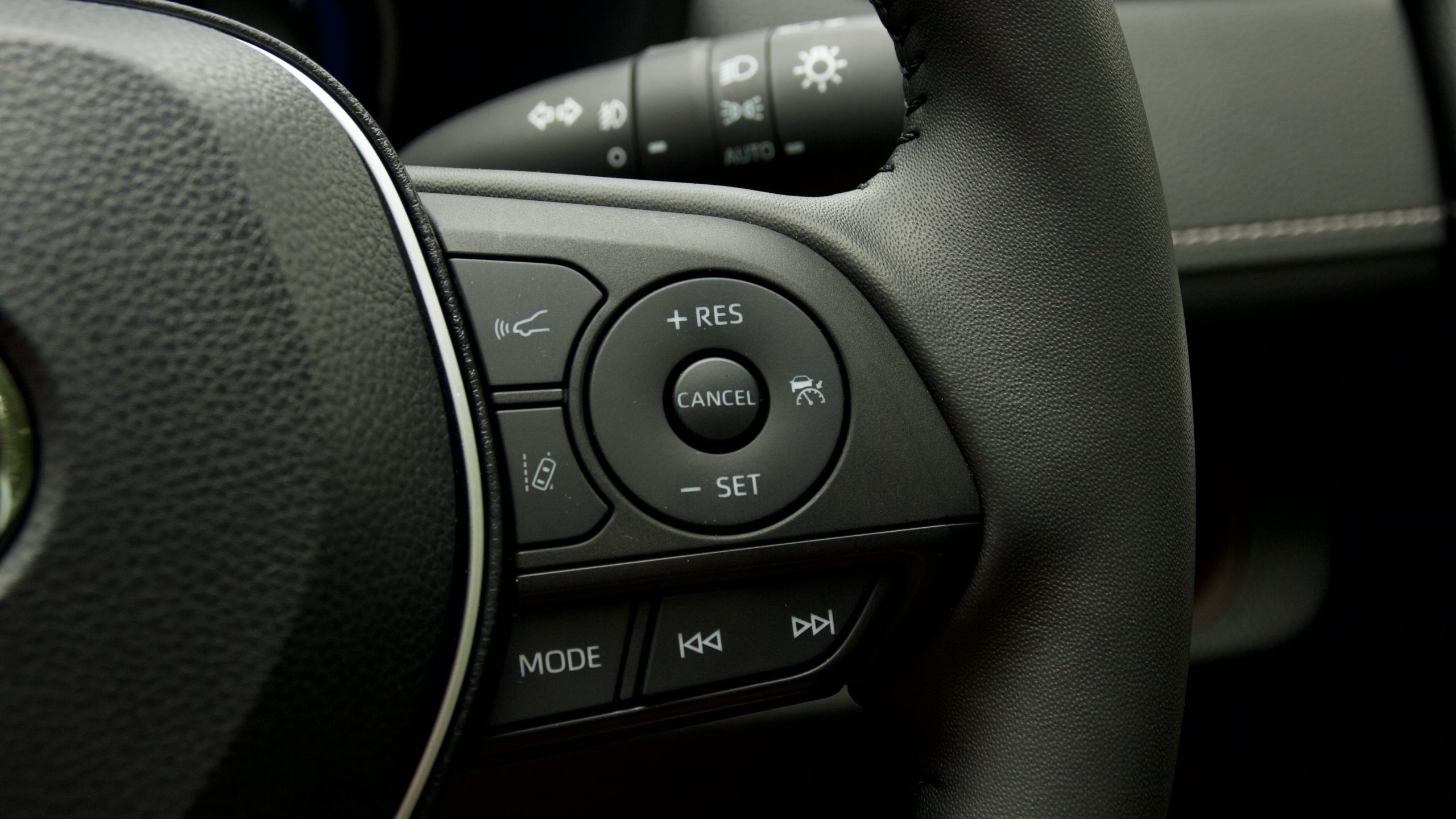
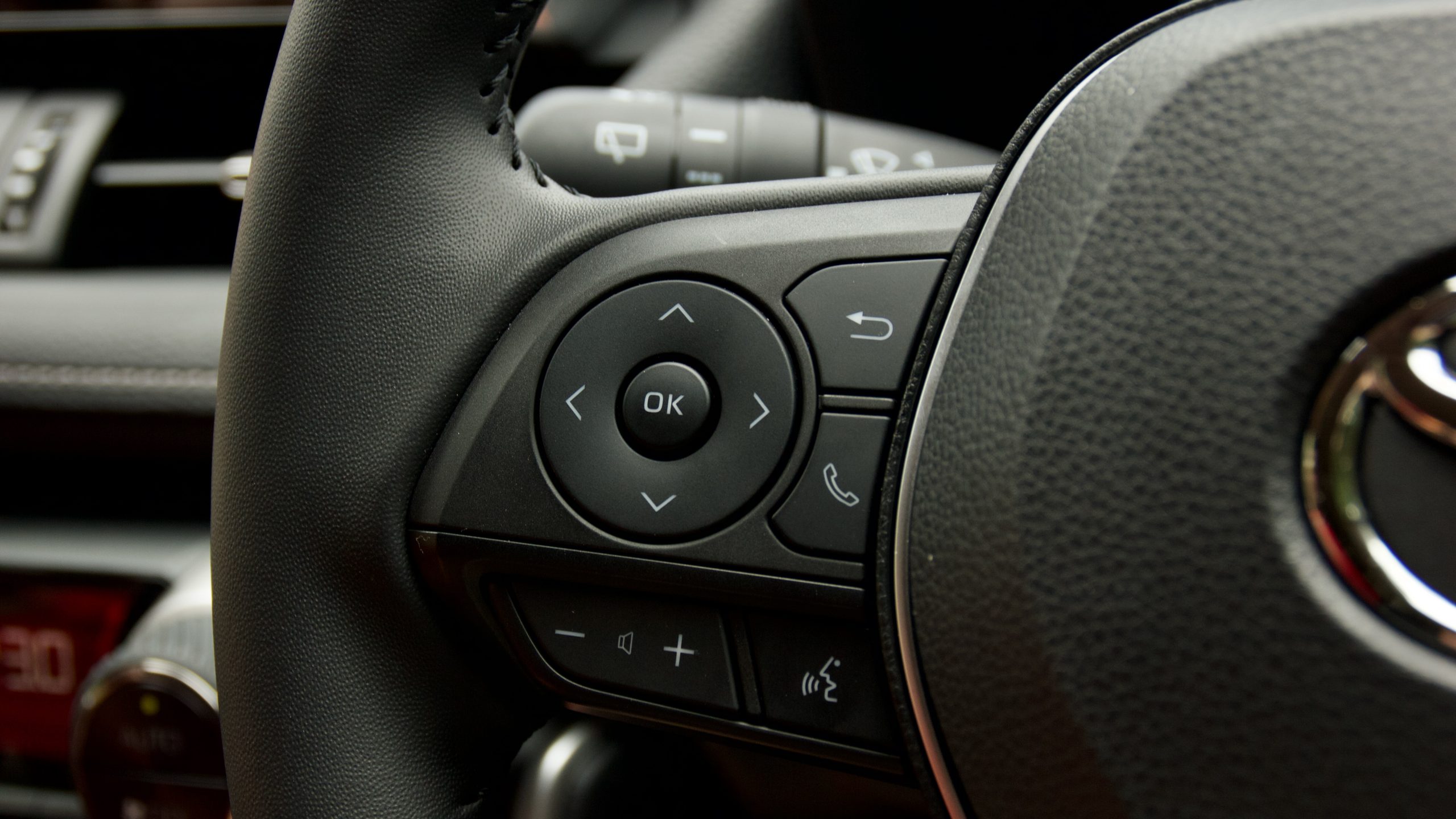
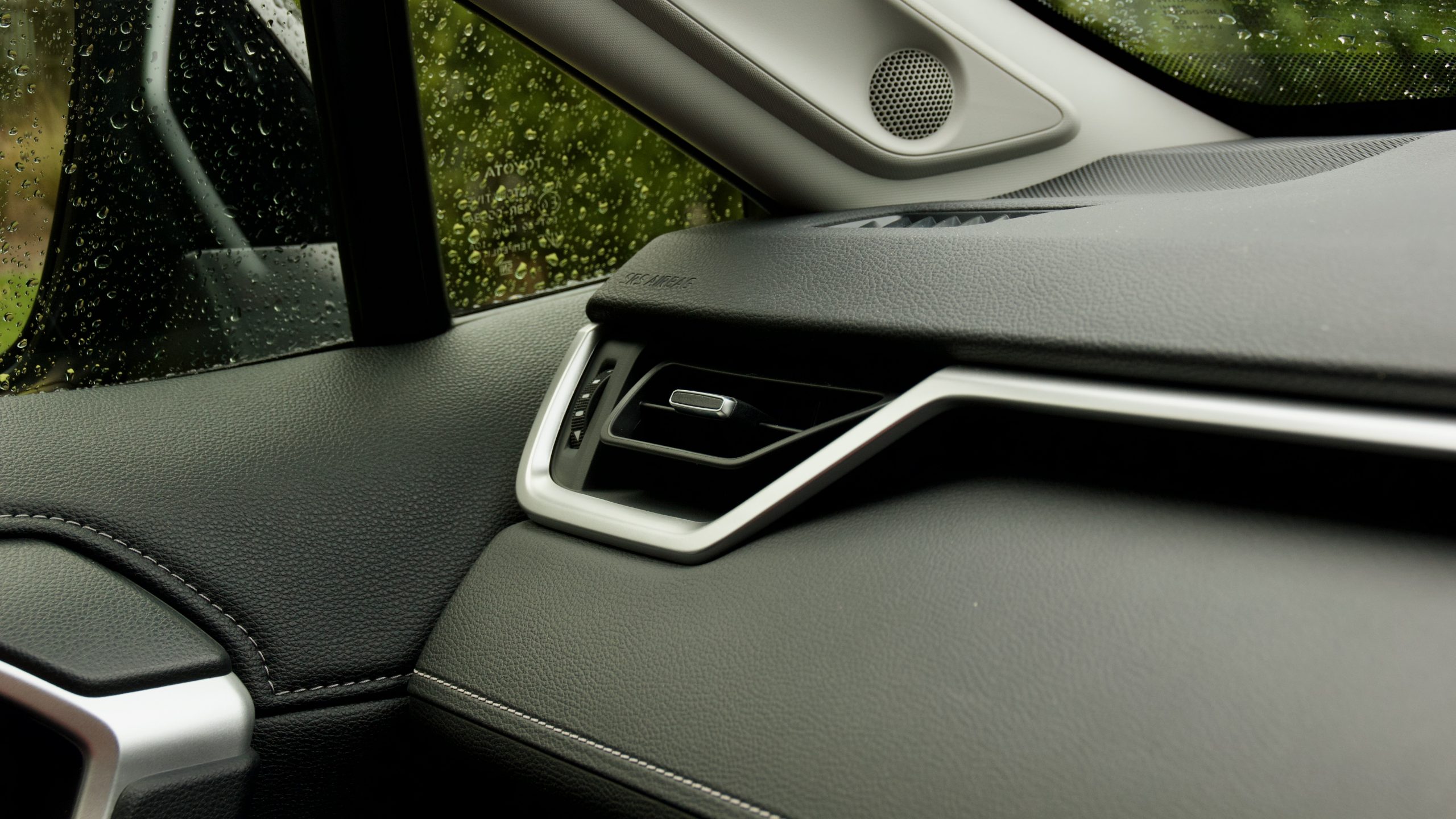
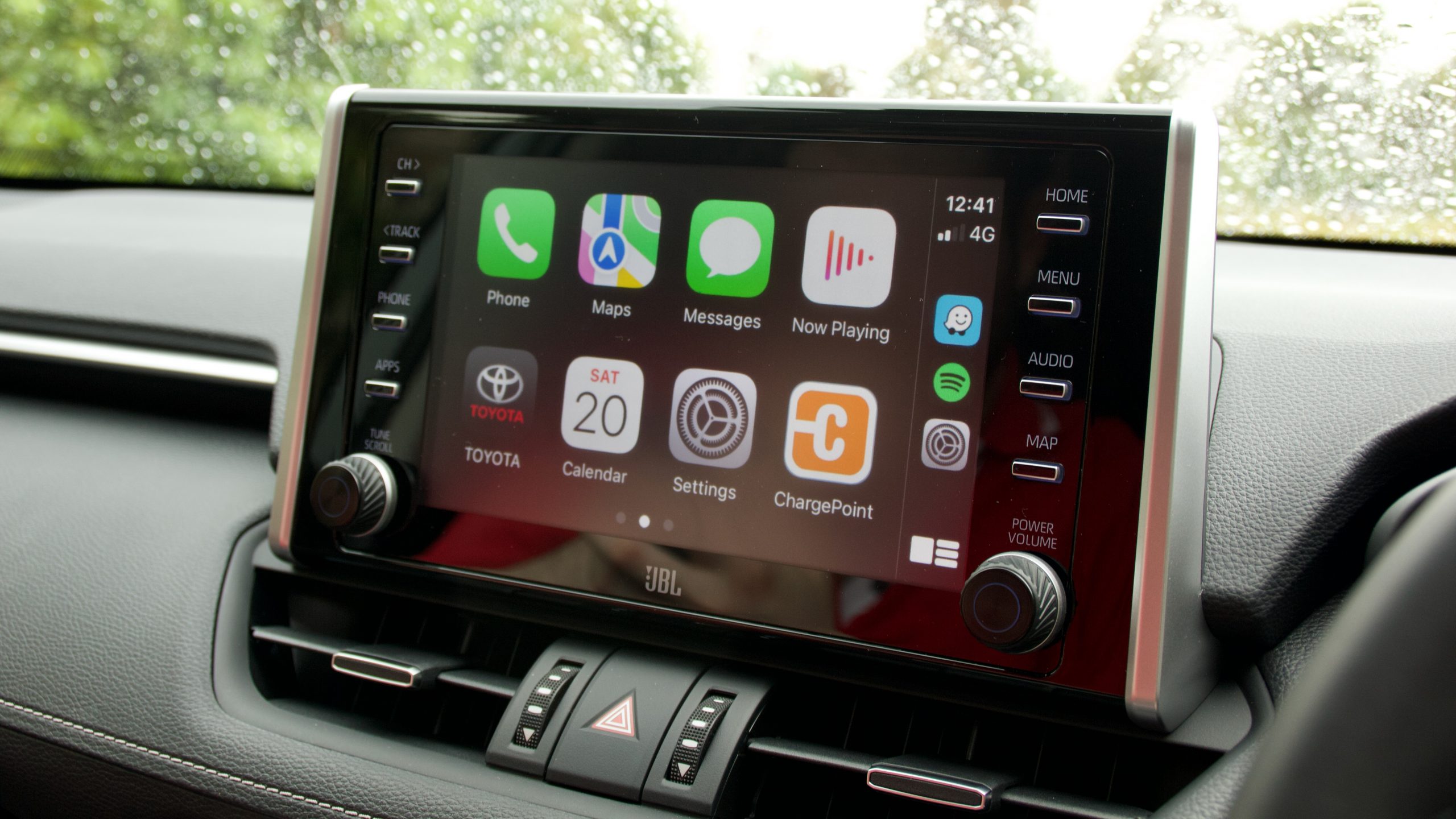
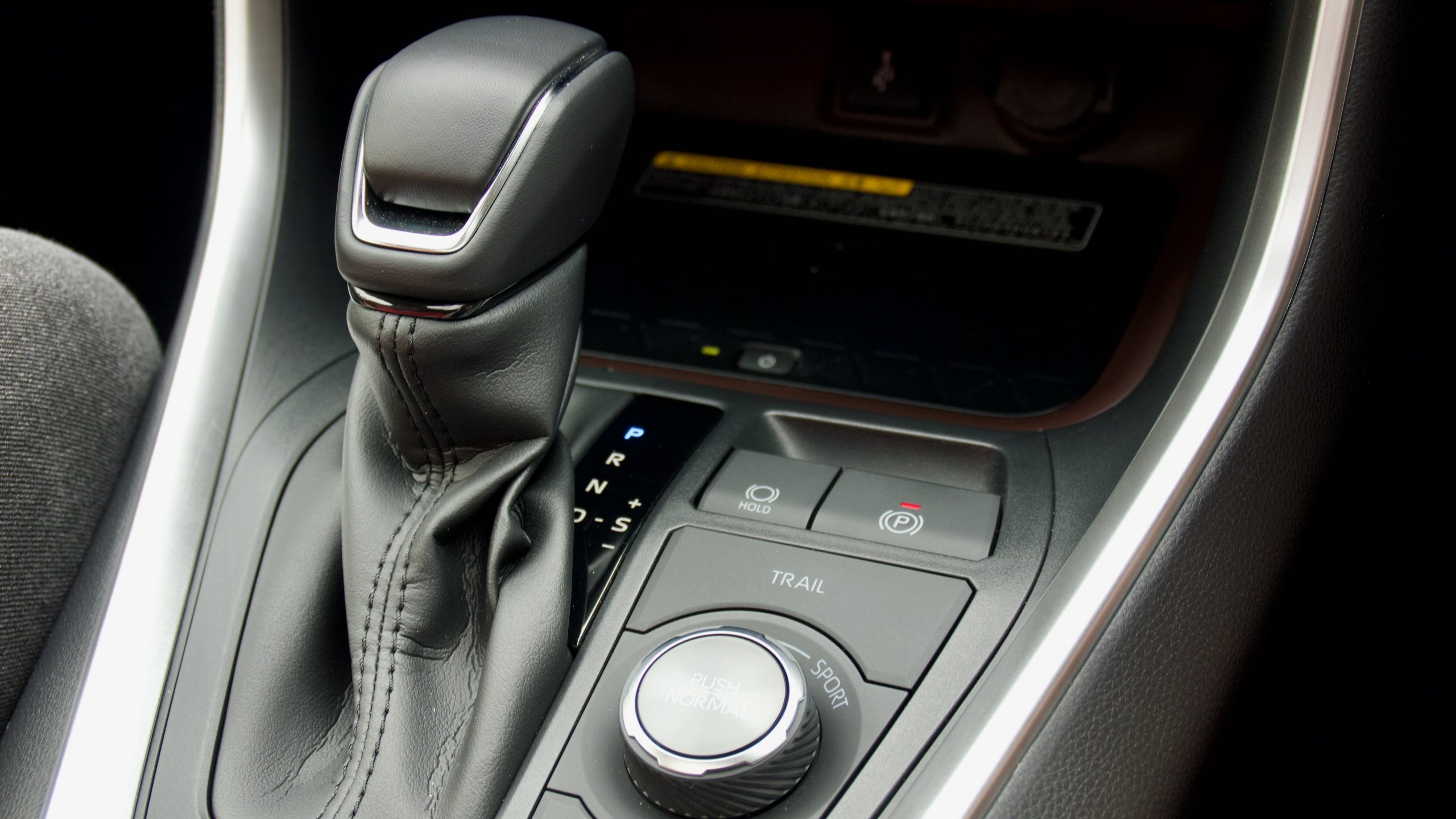
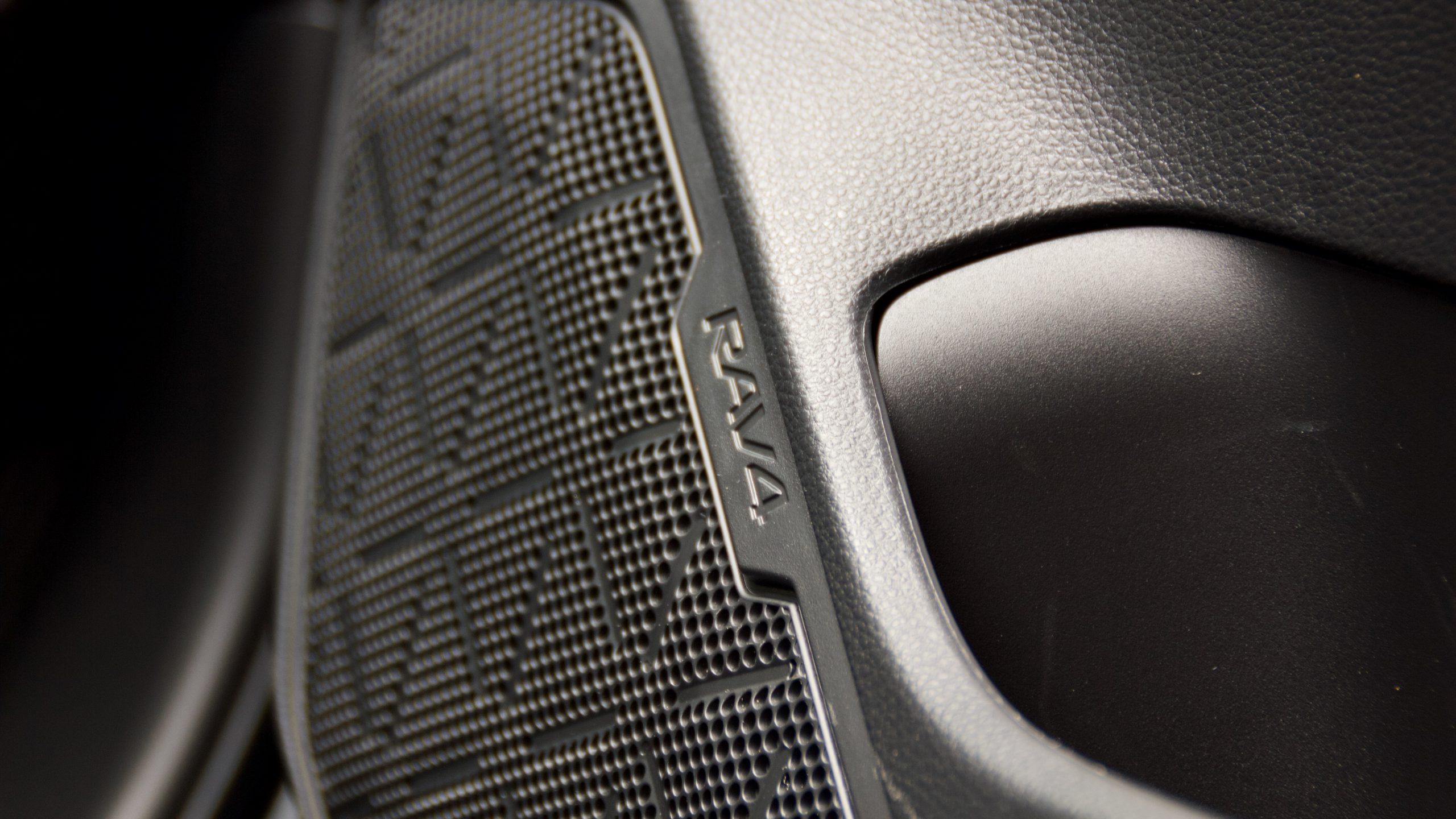
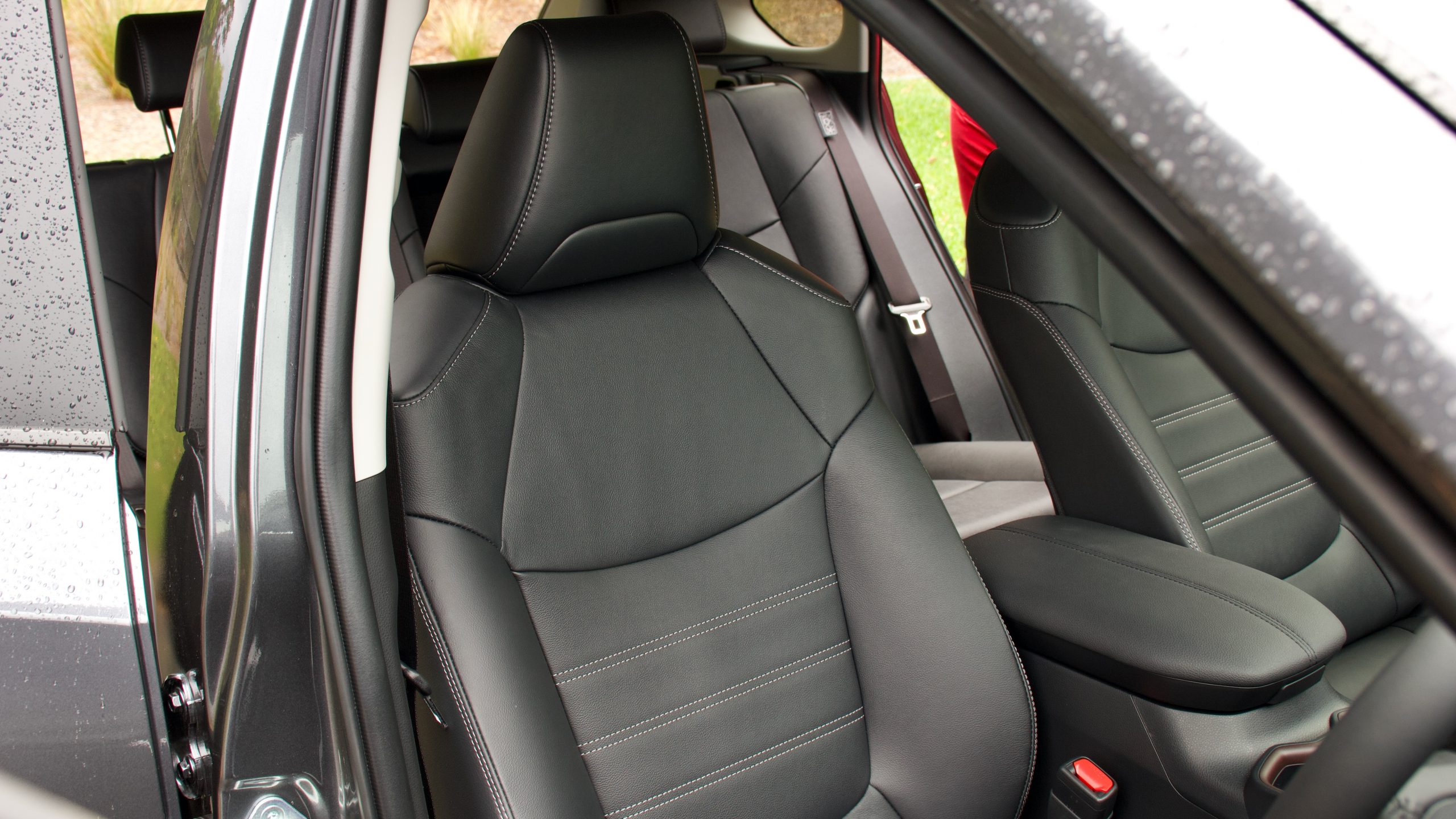
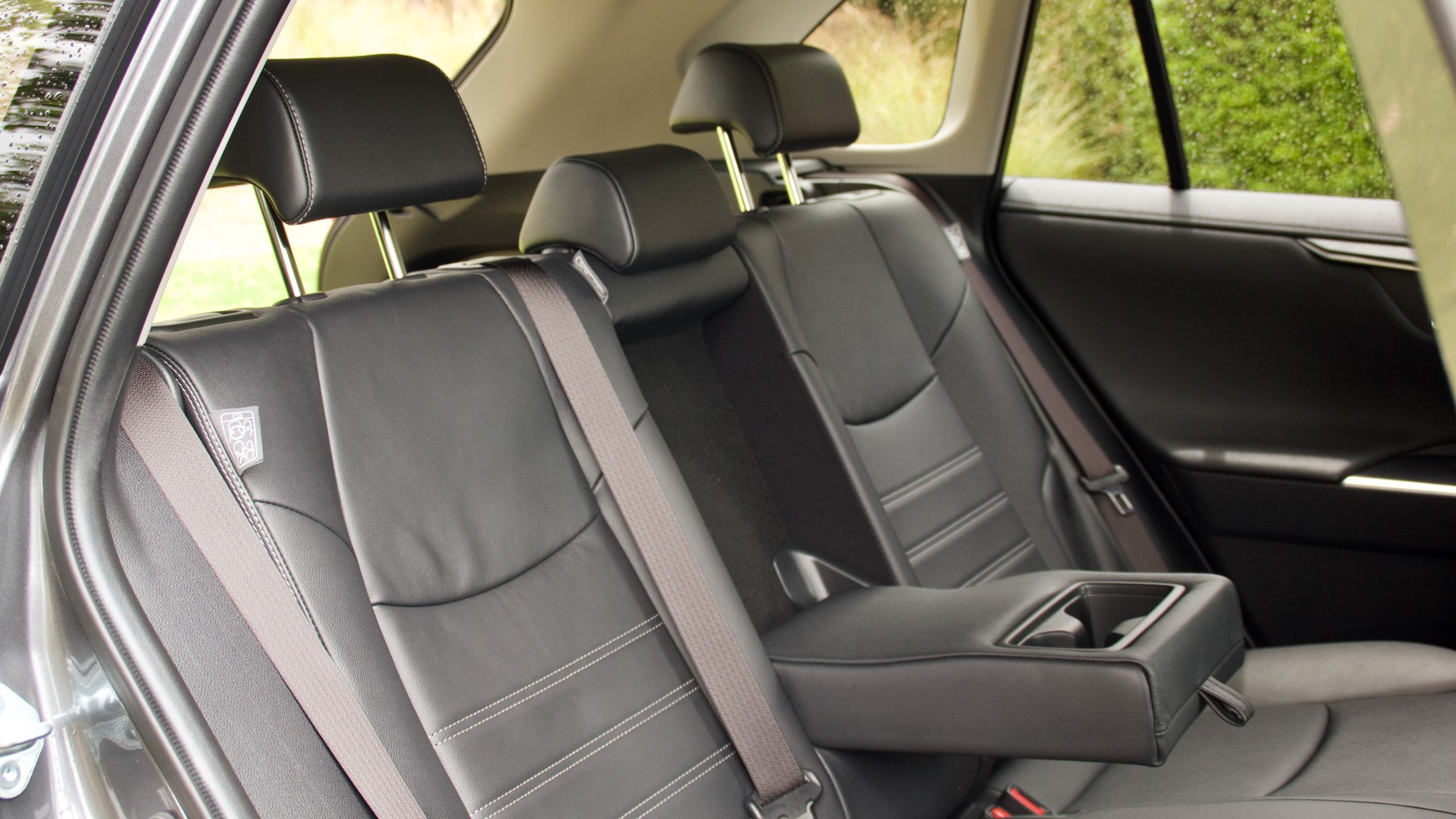
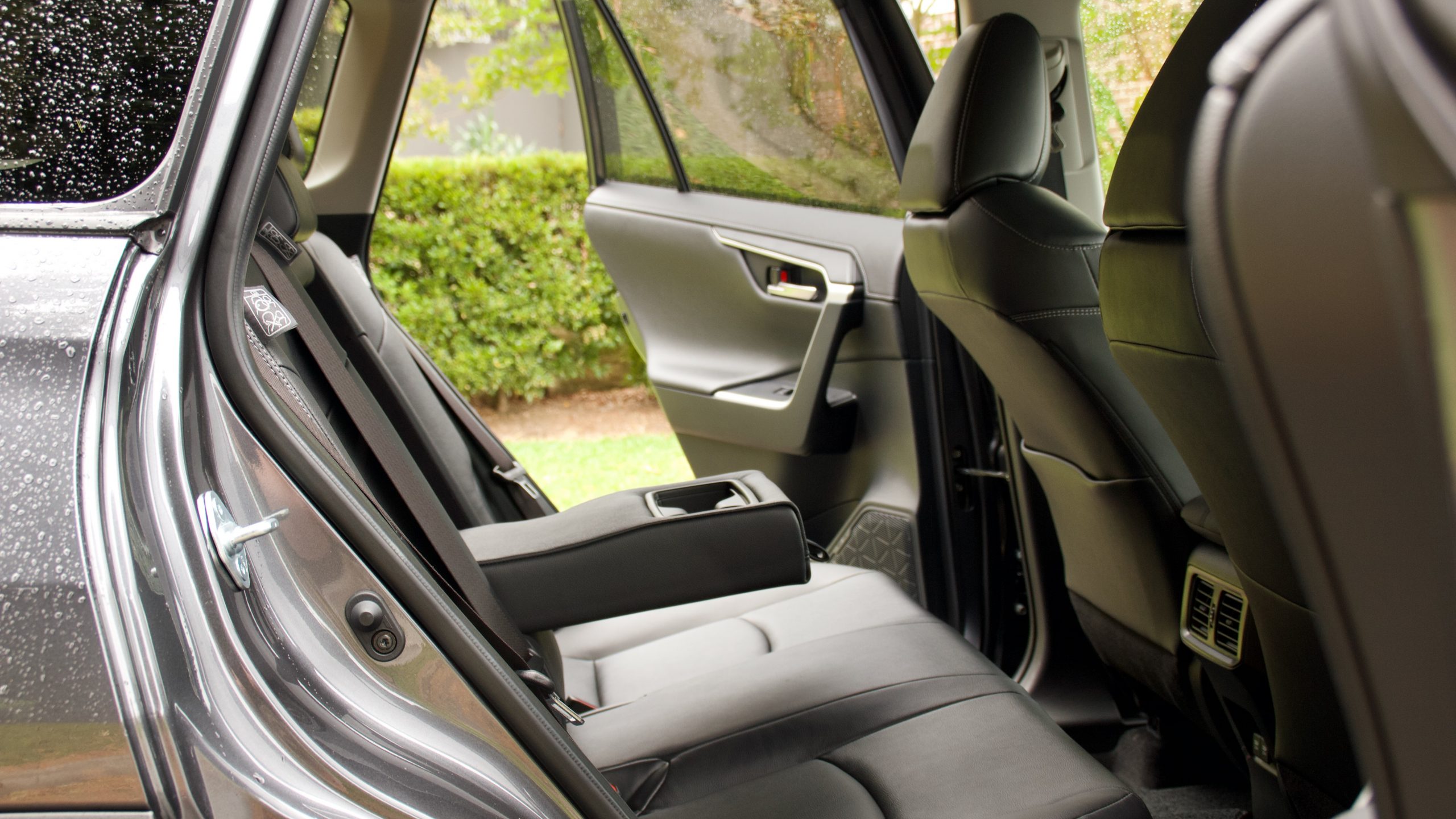
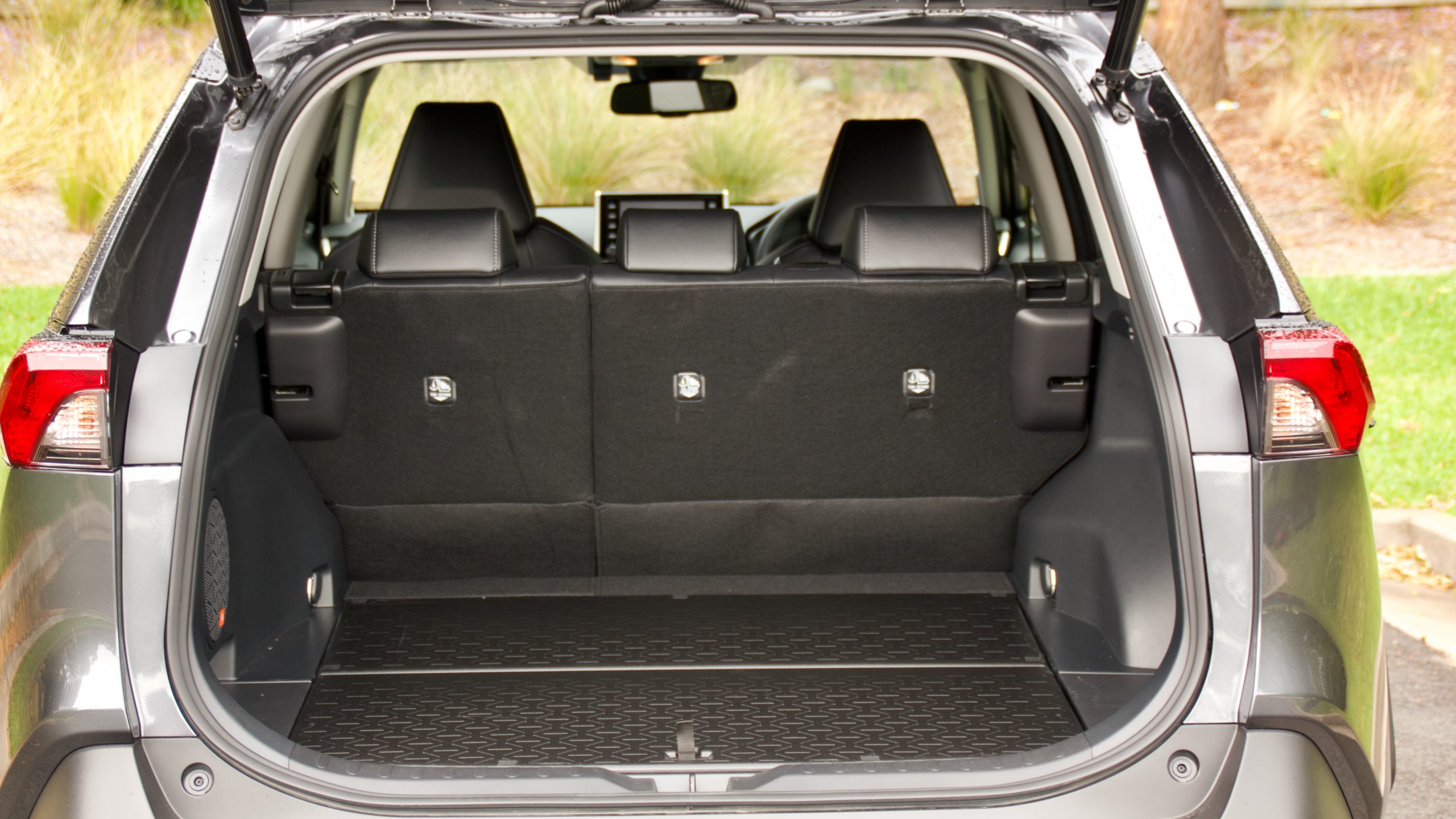
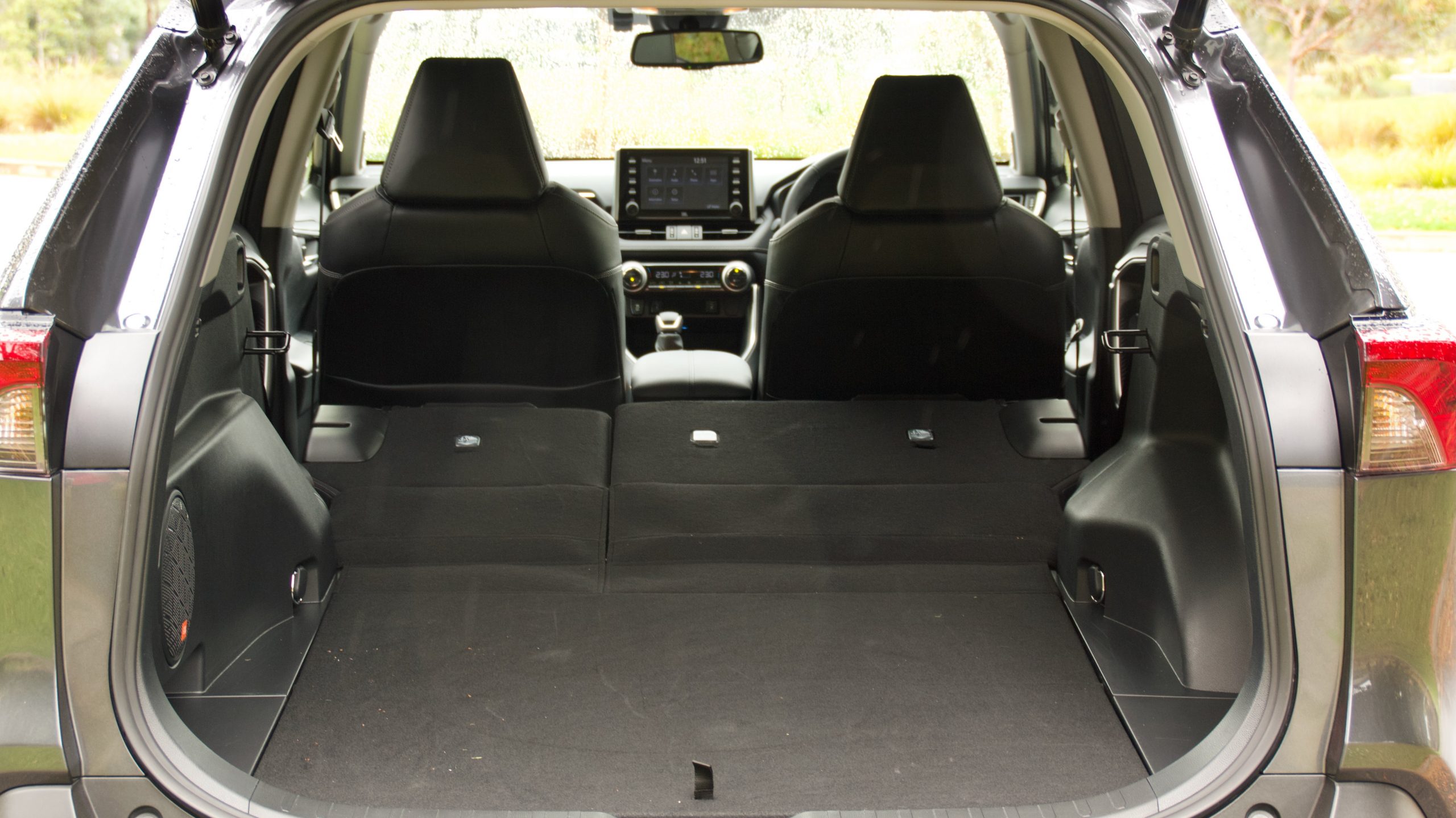
Leave a Reply